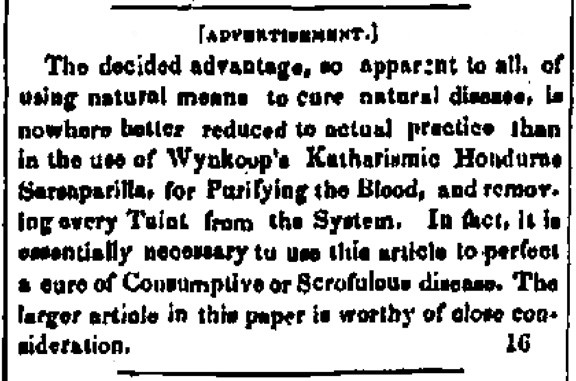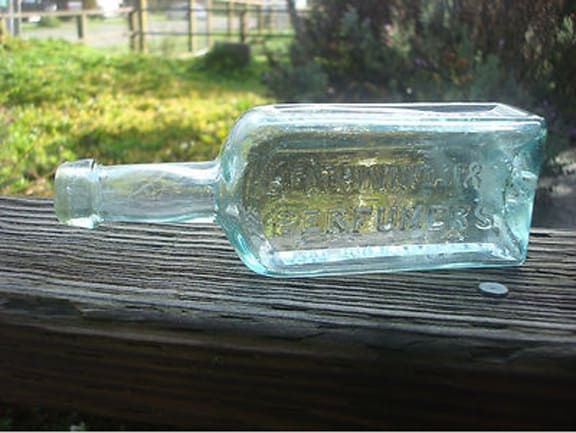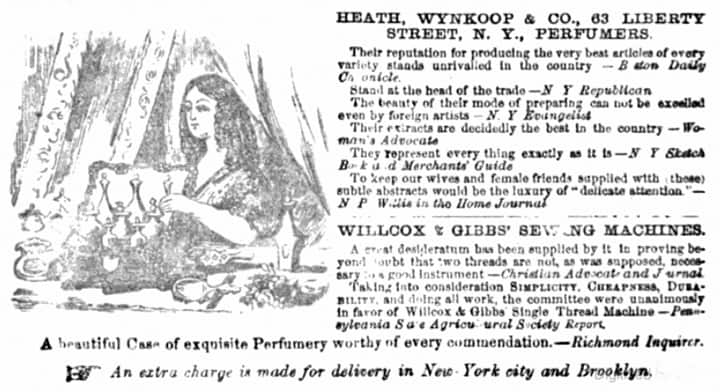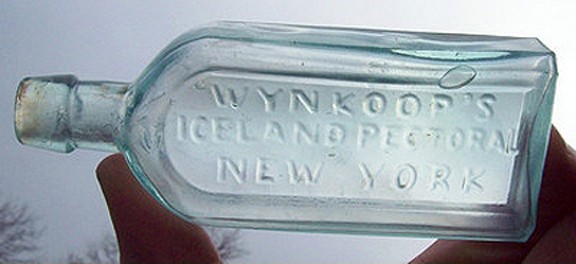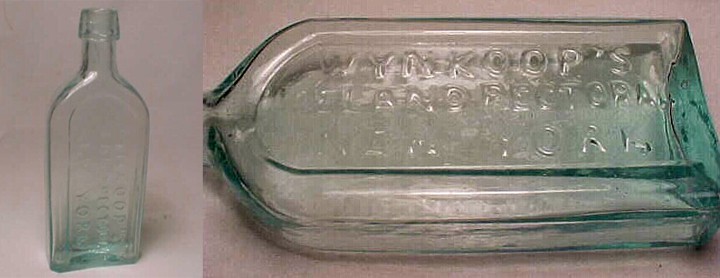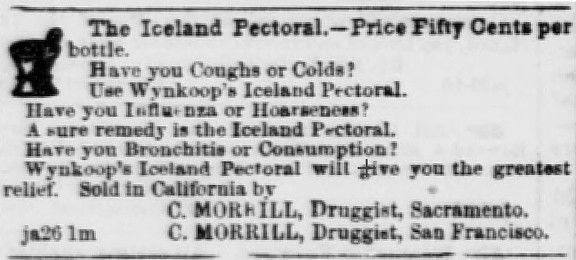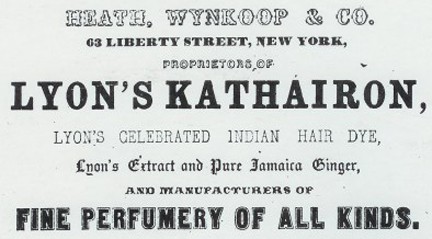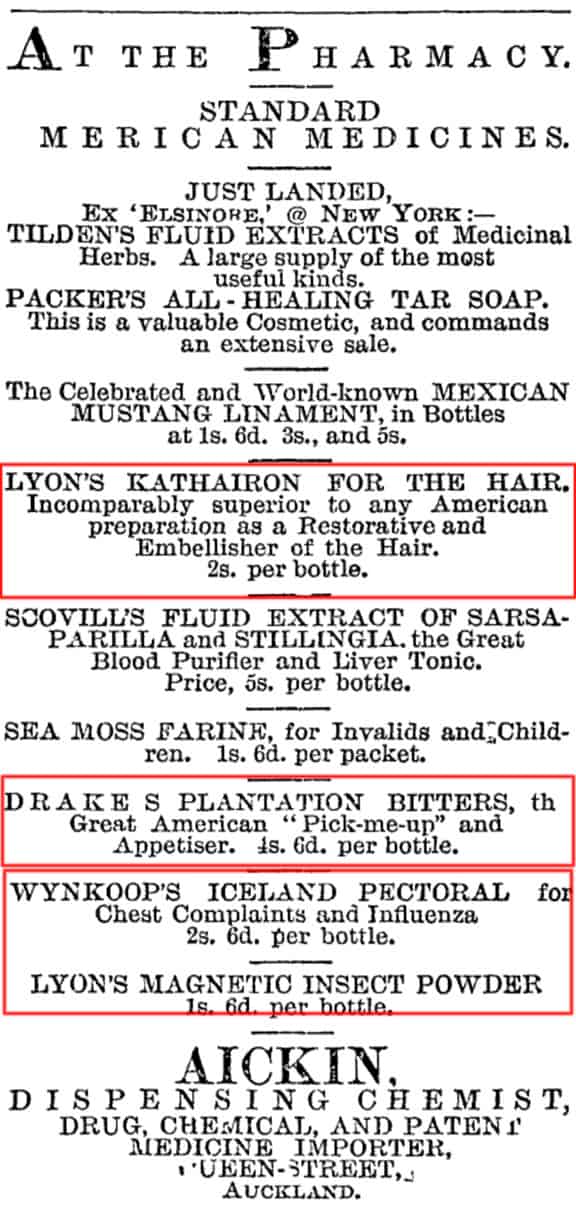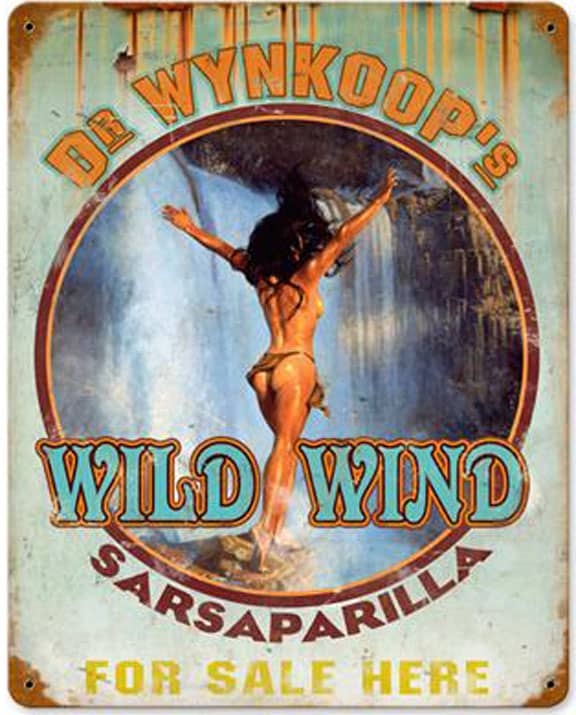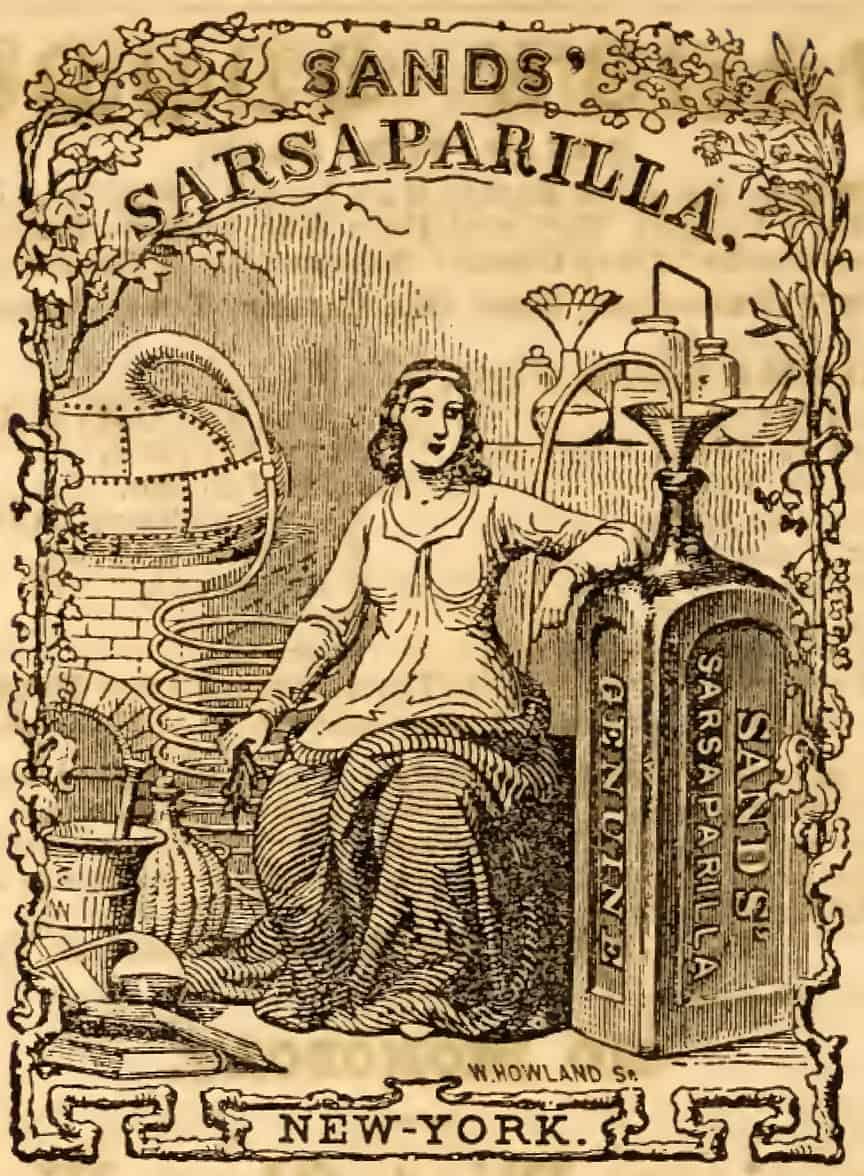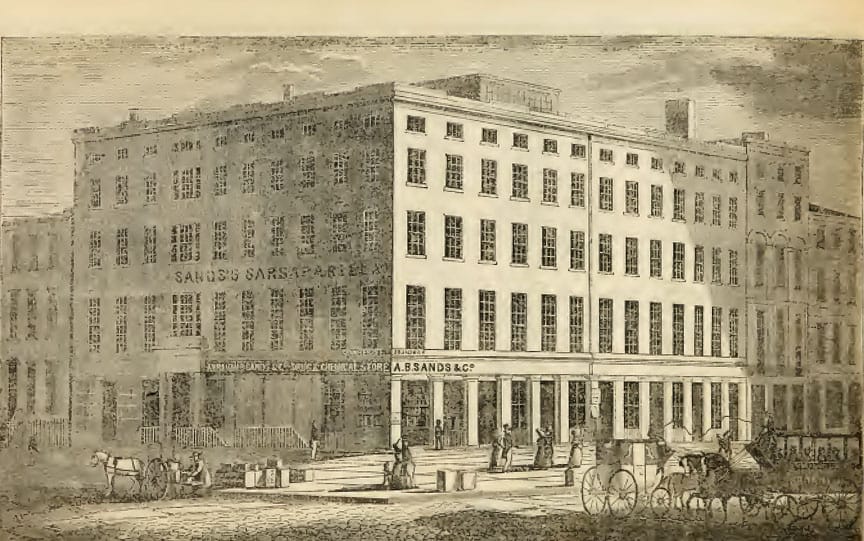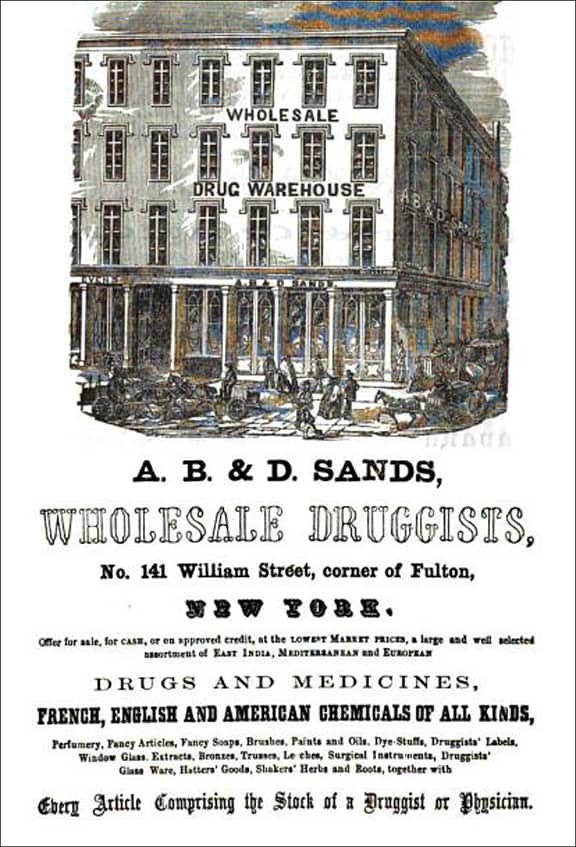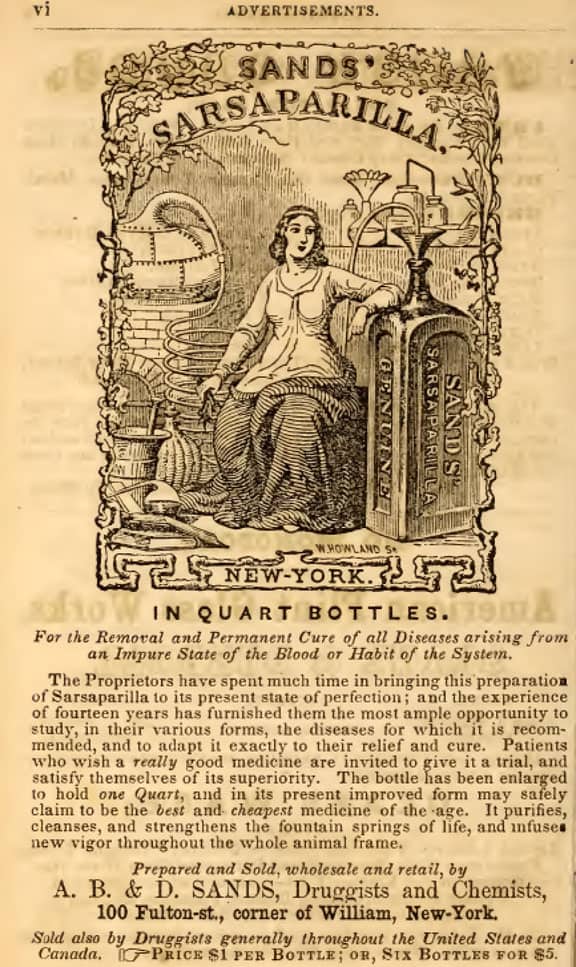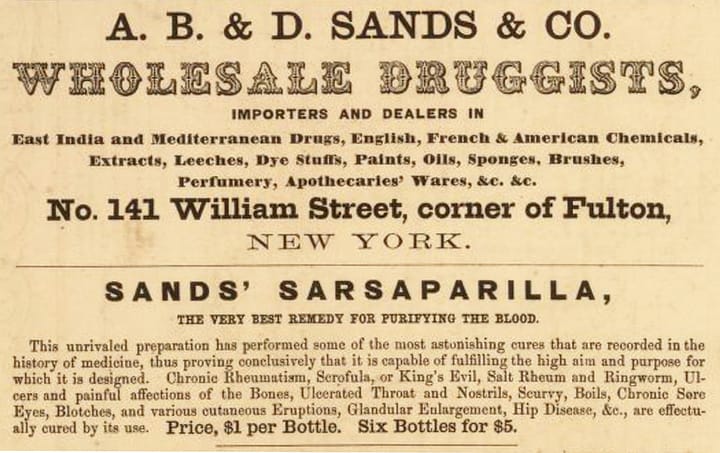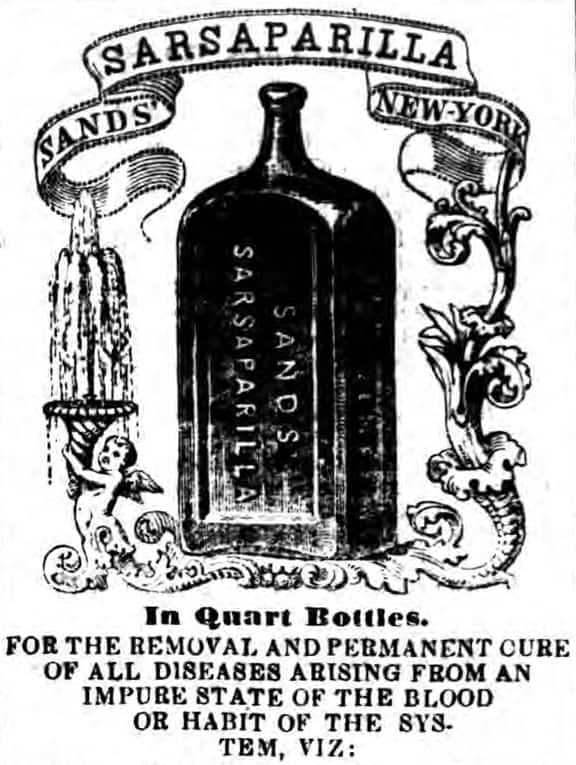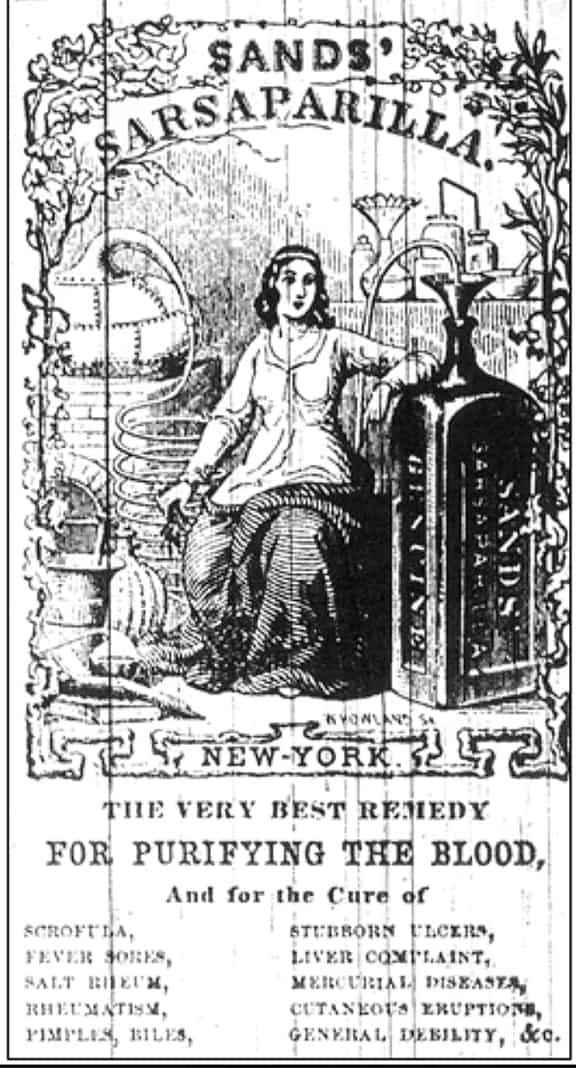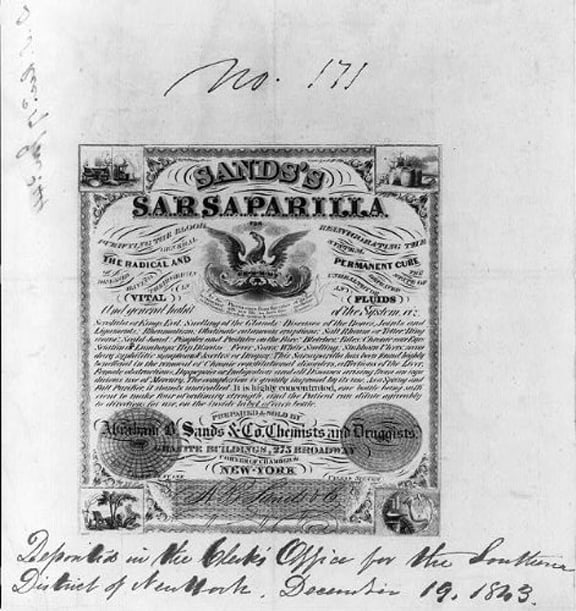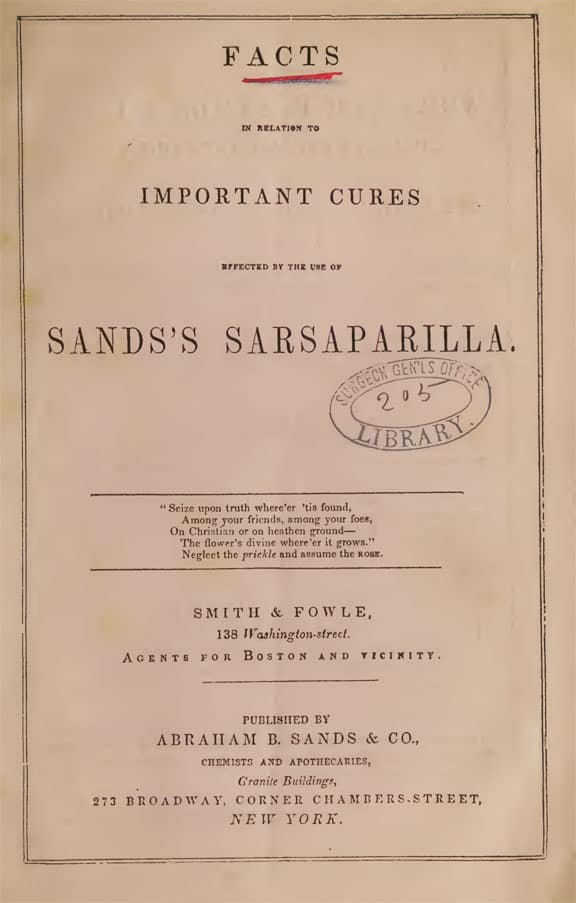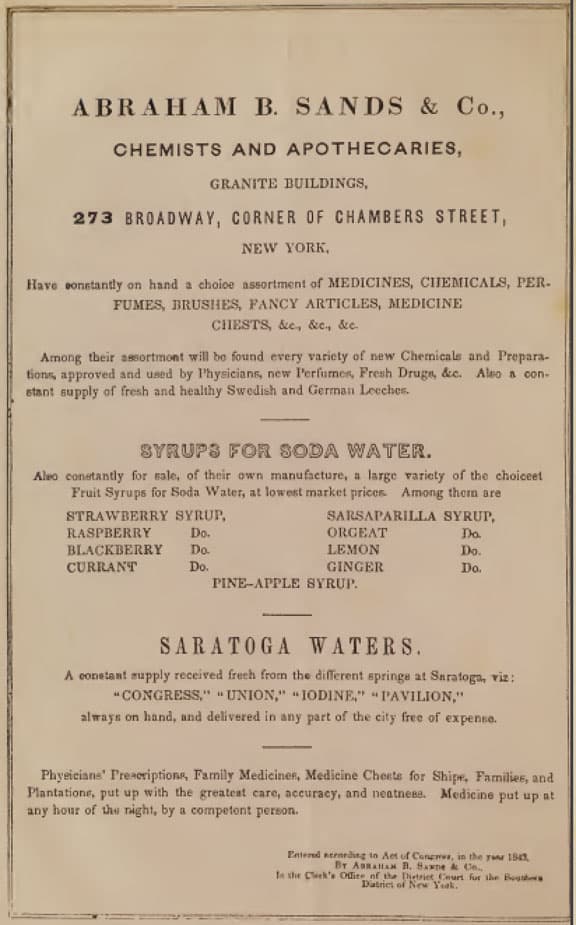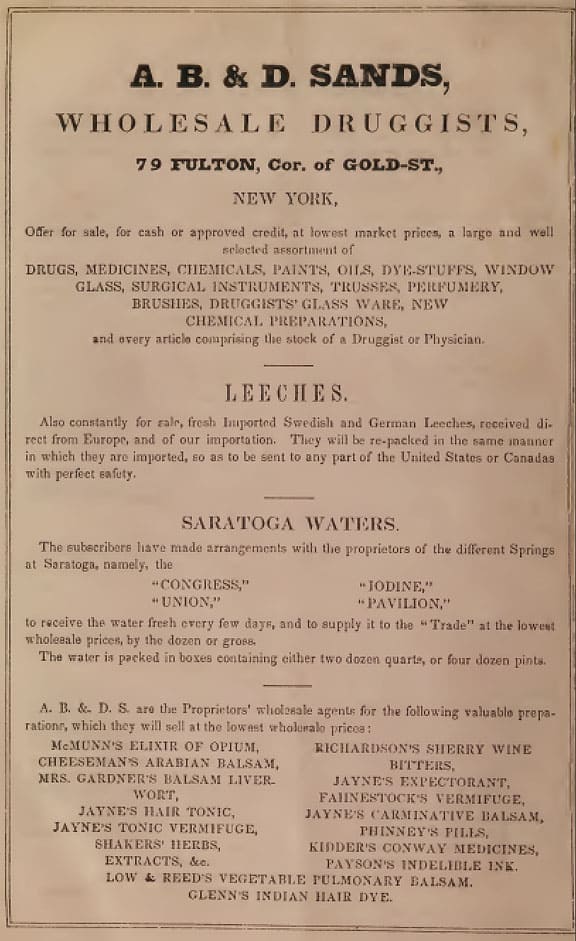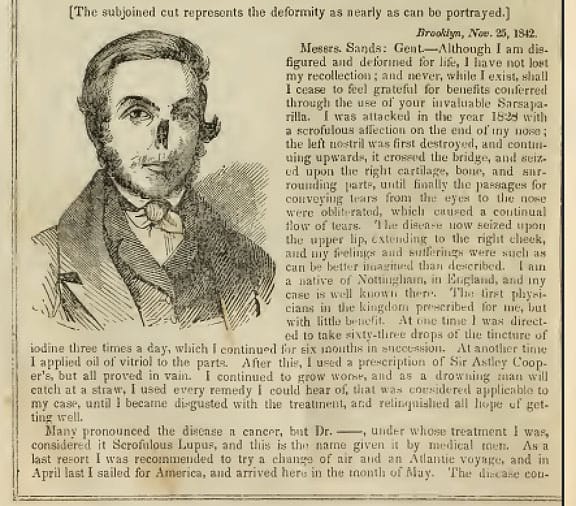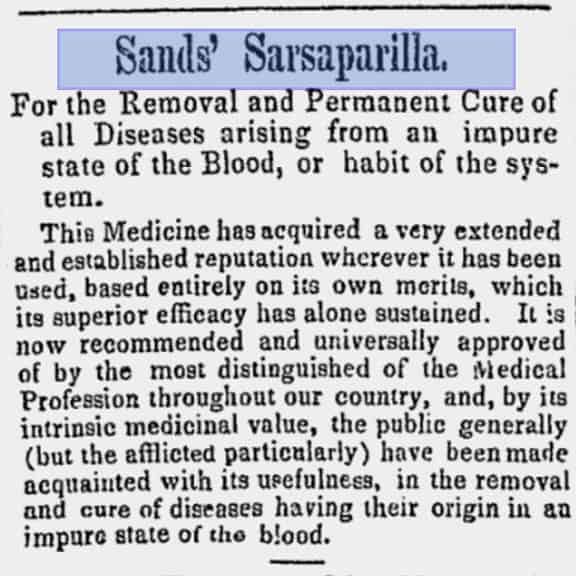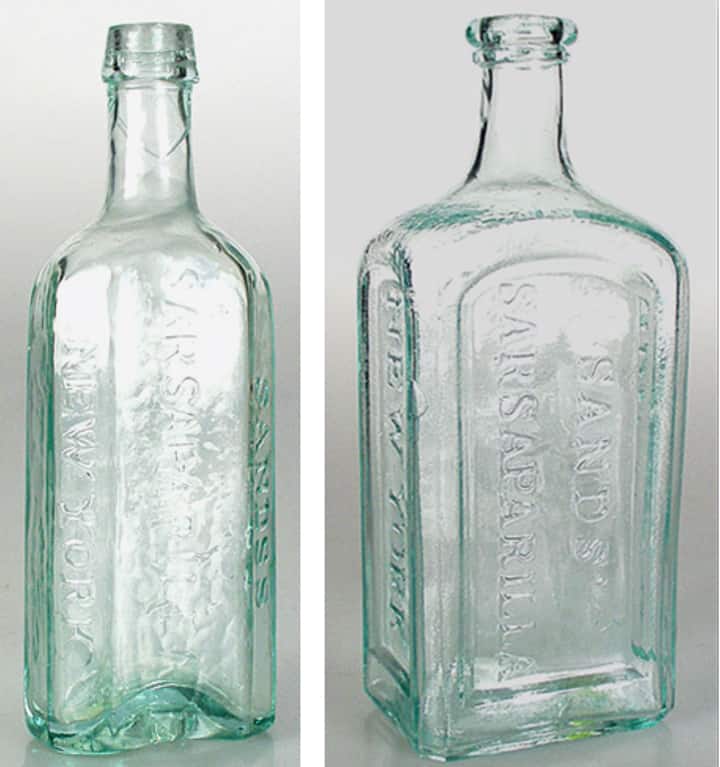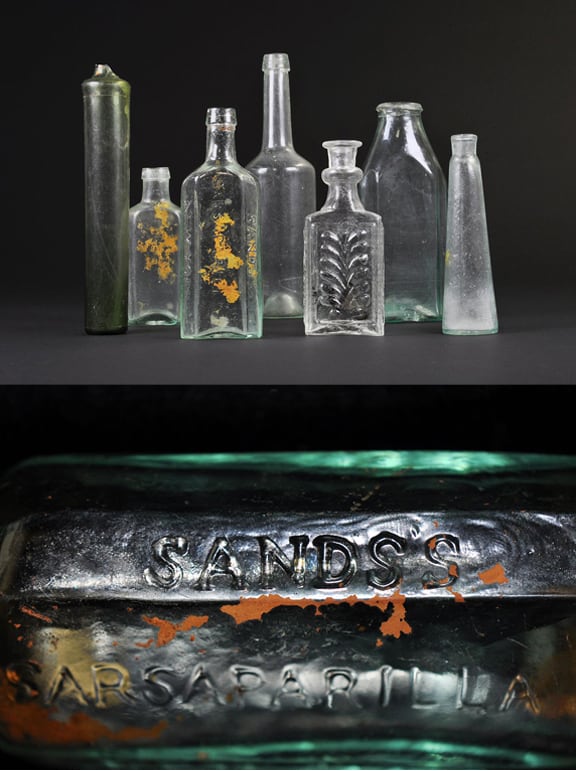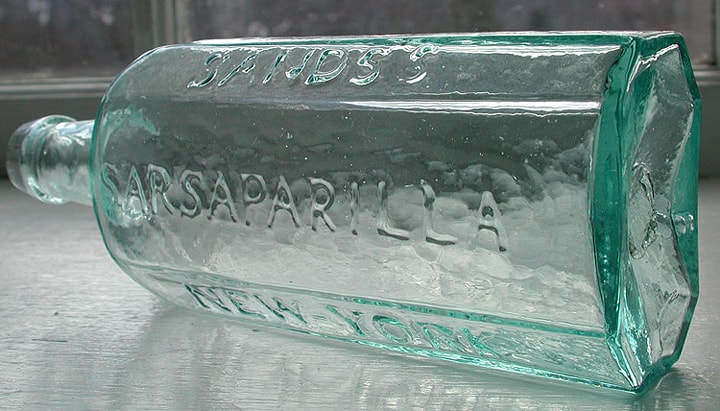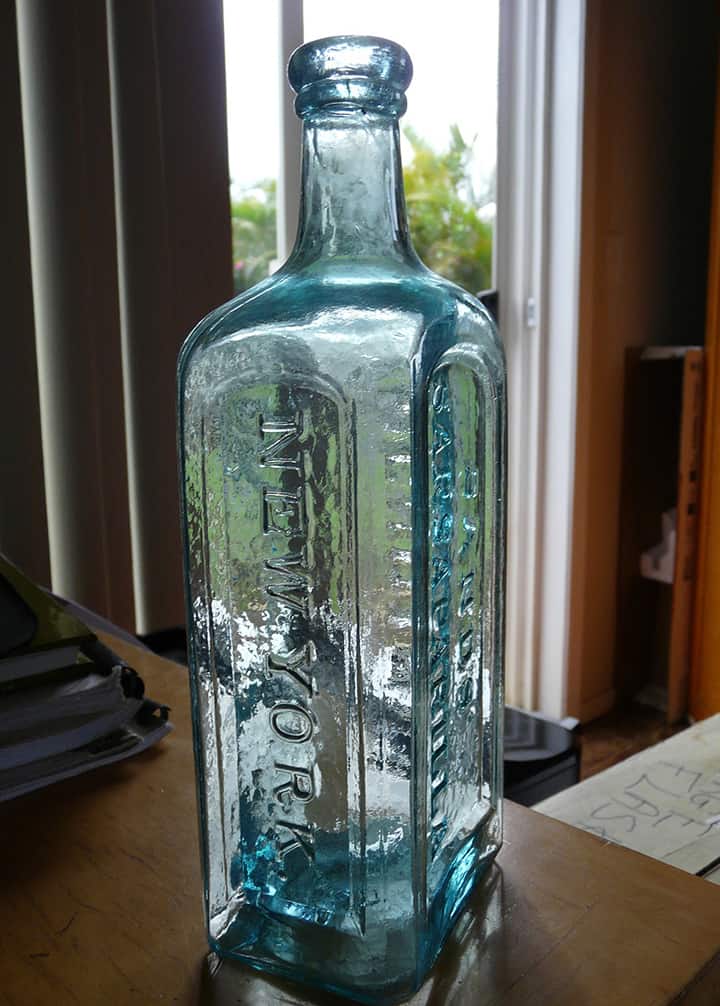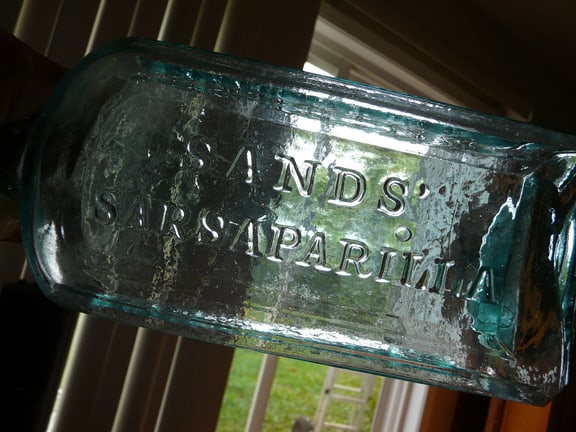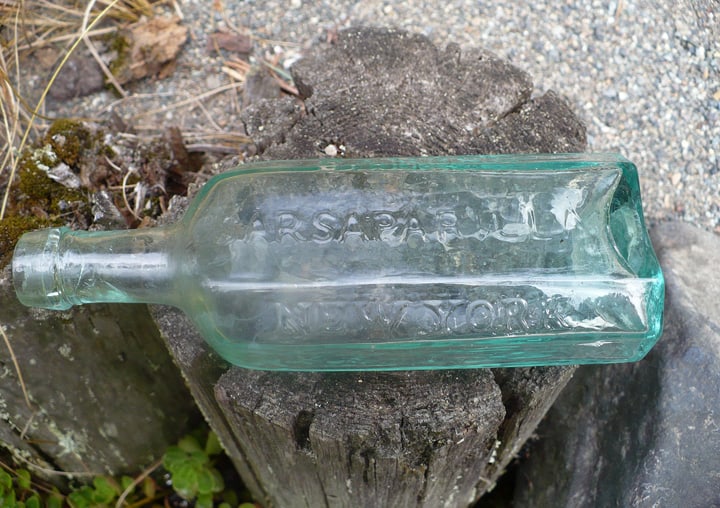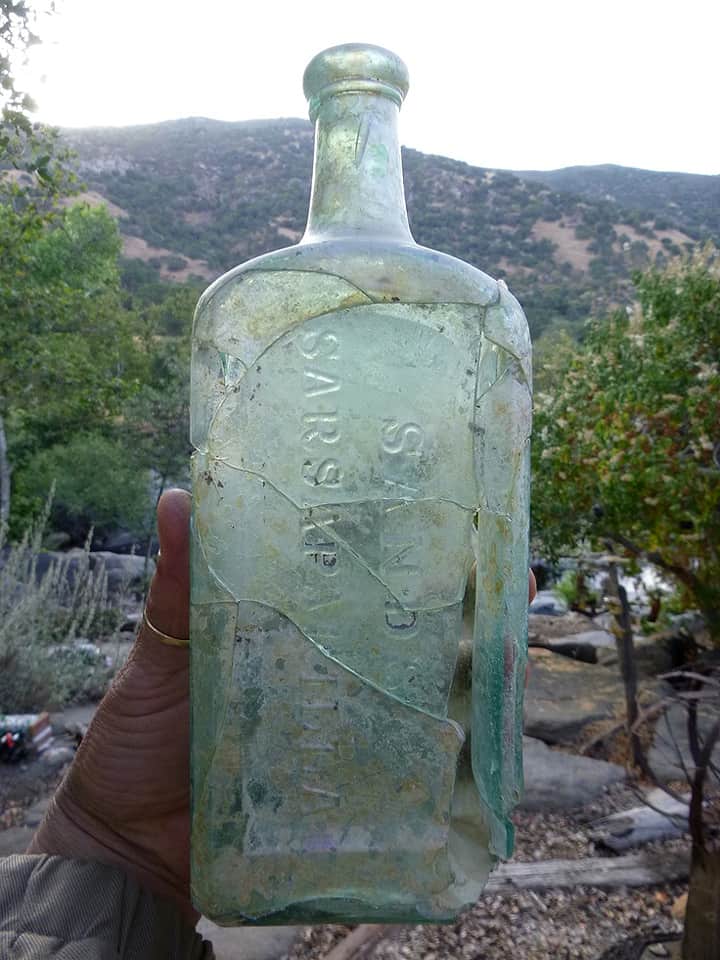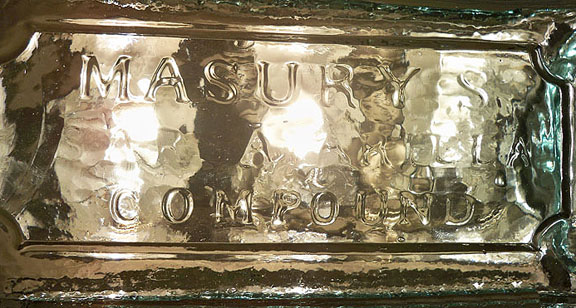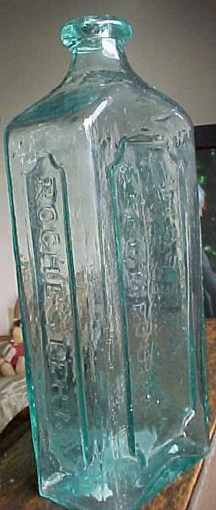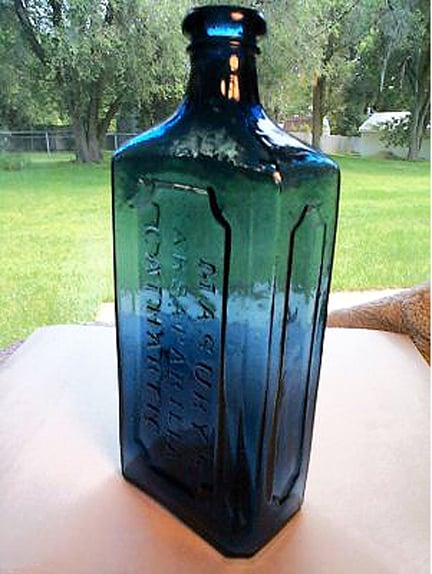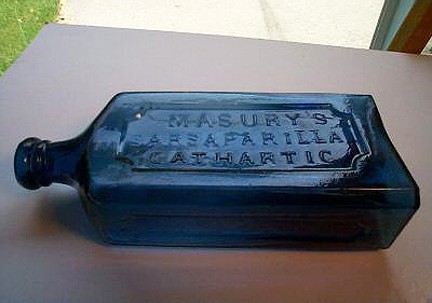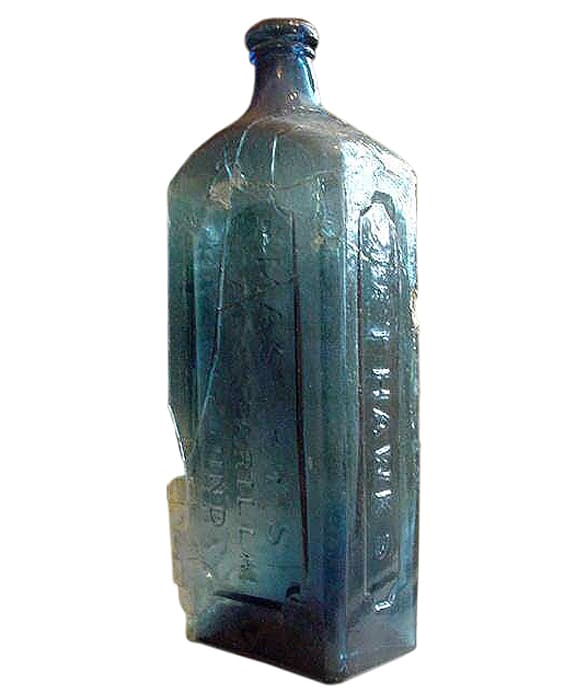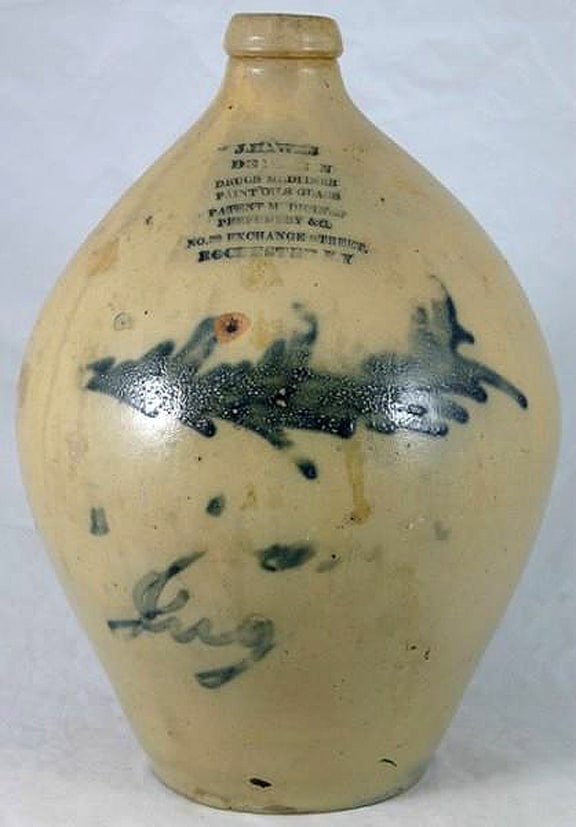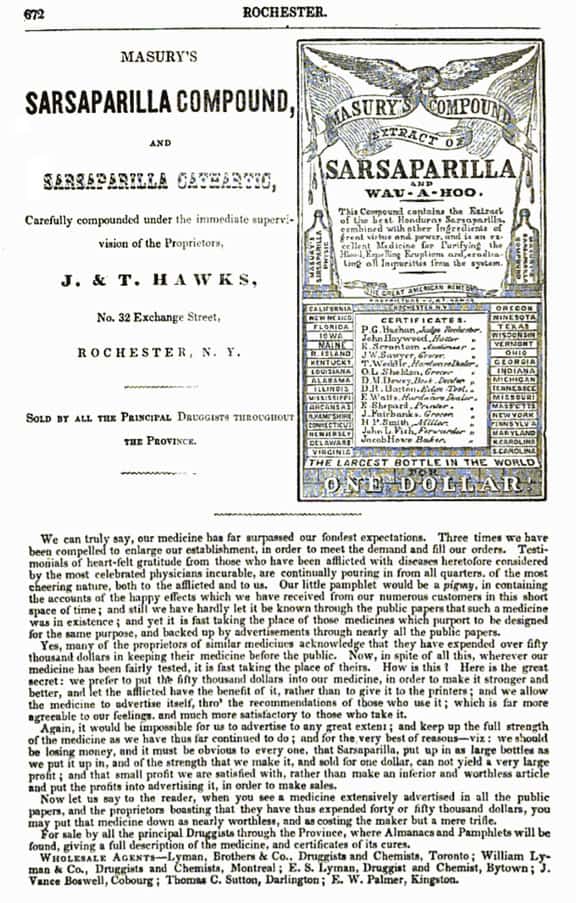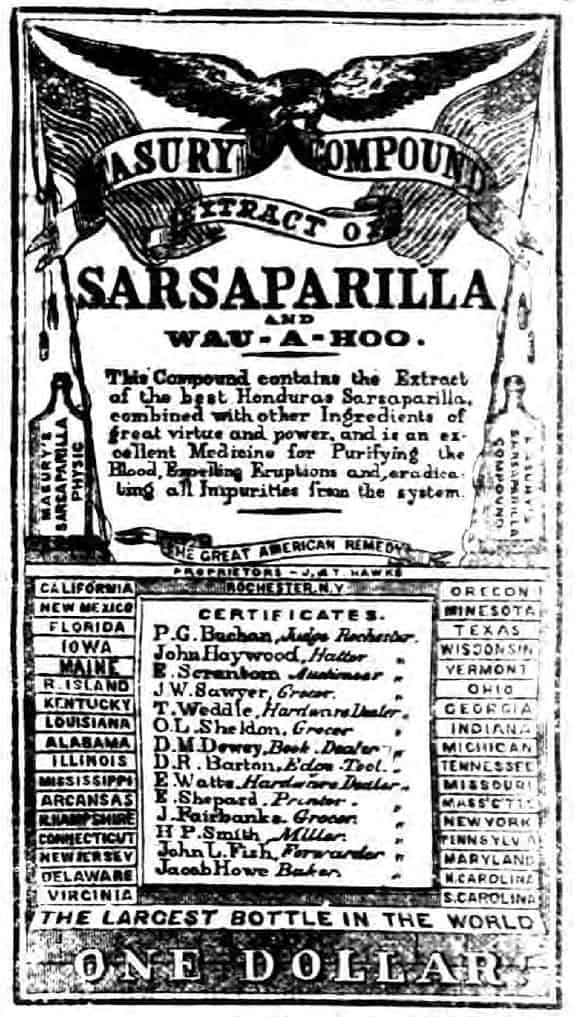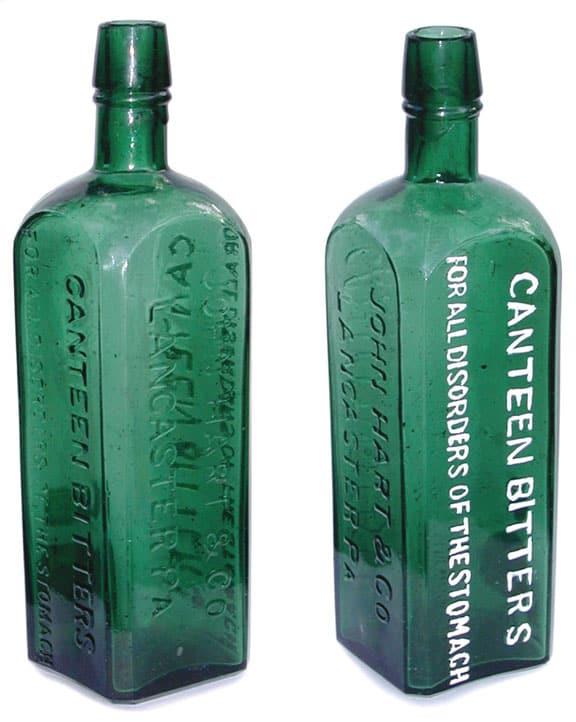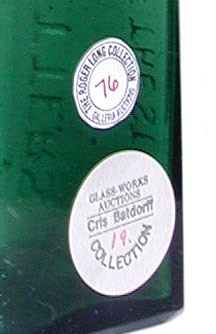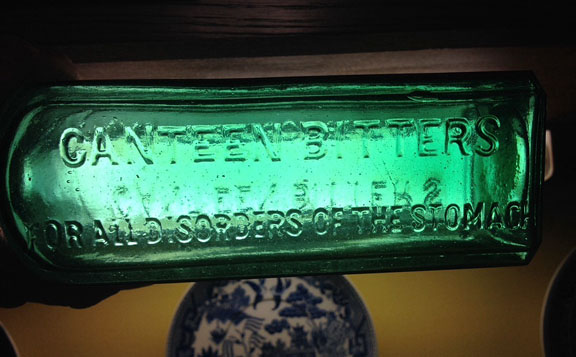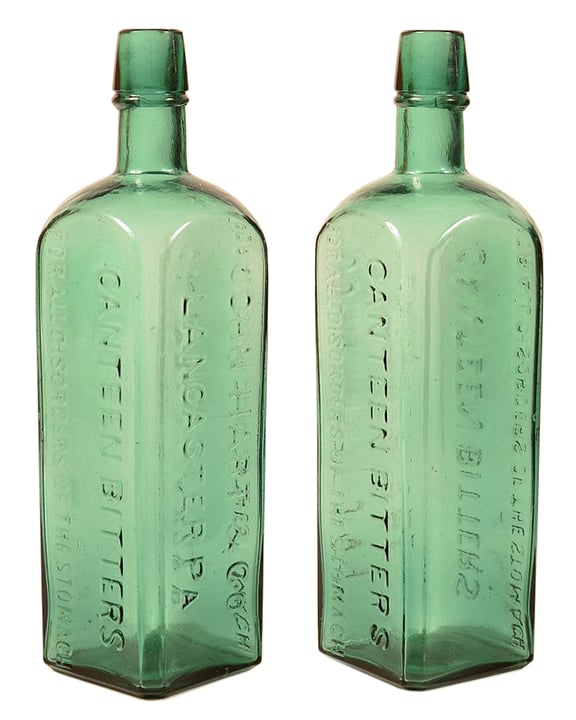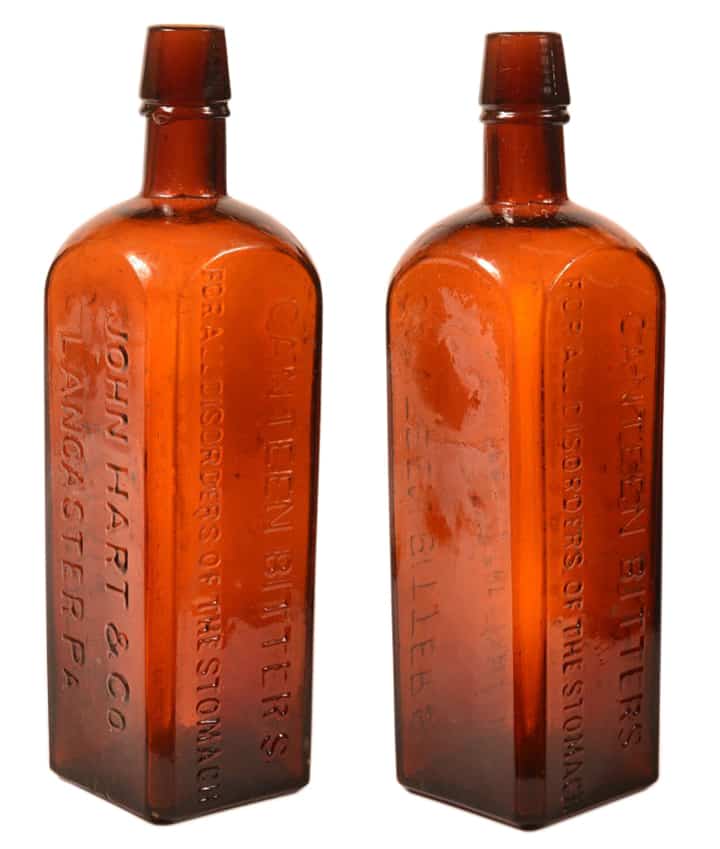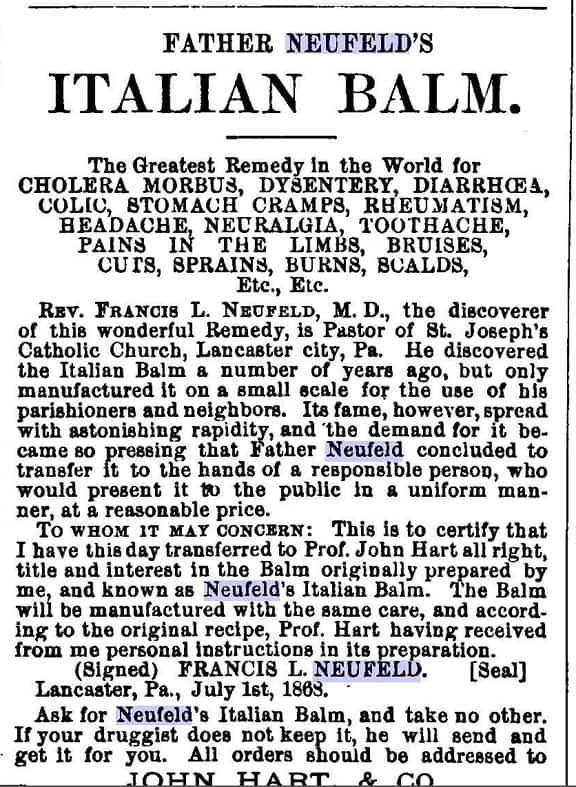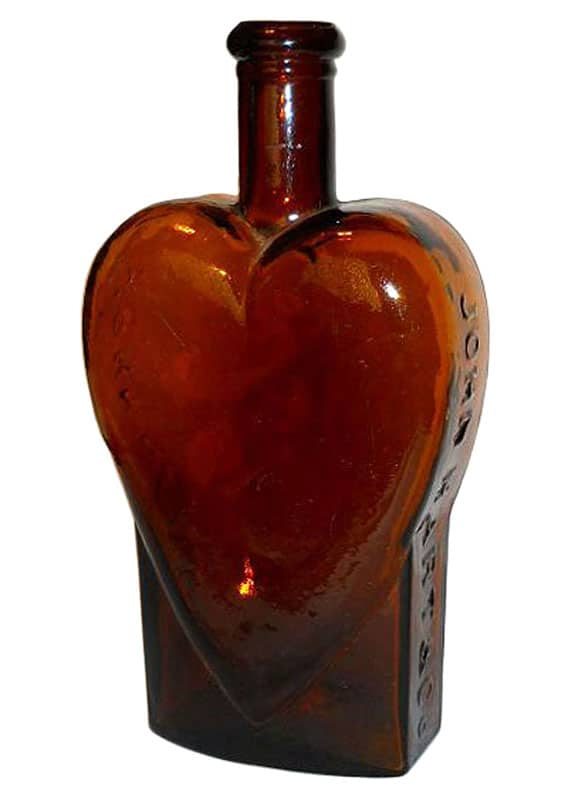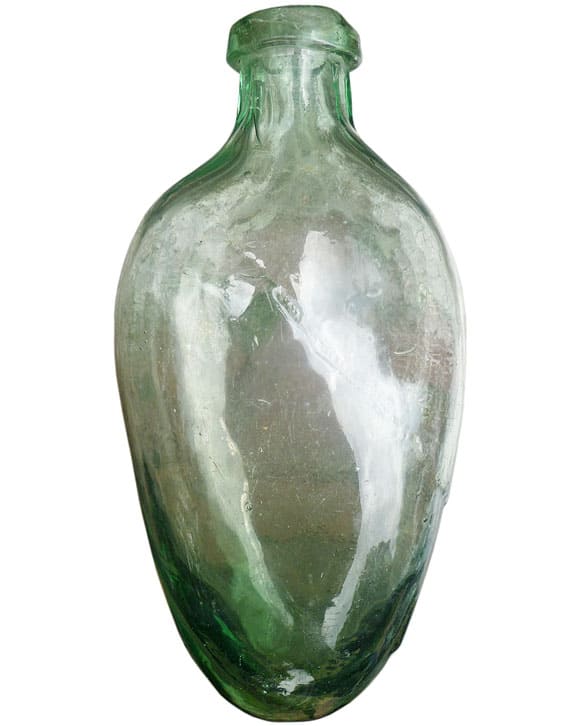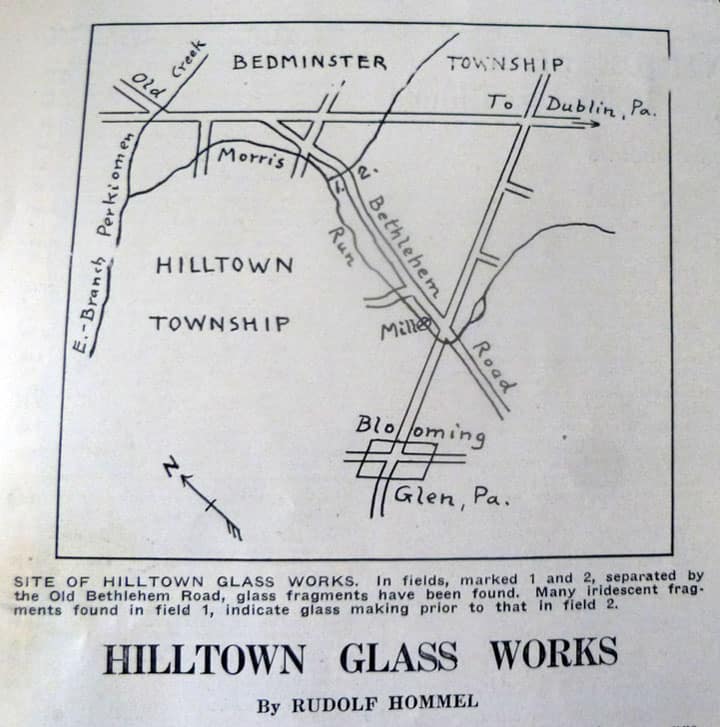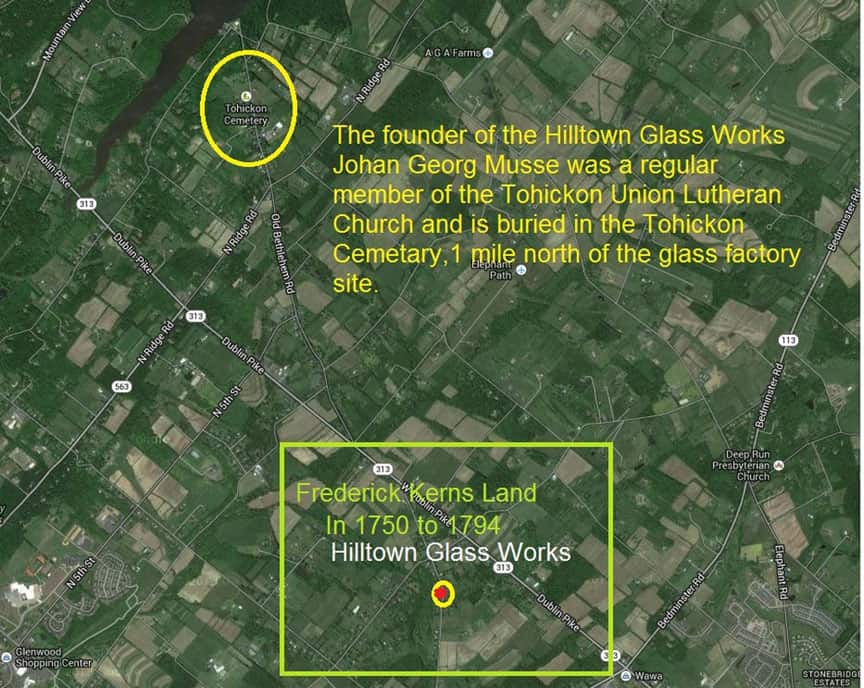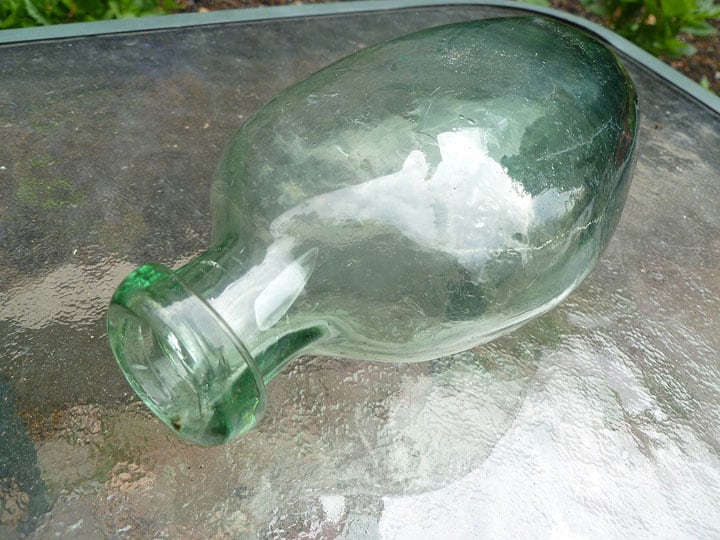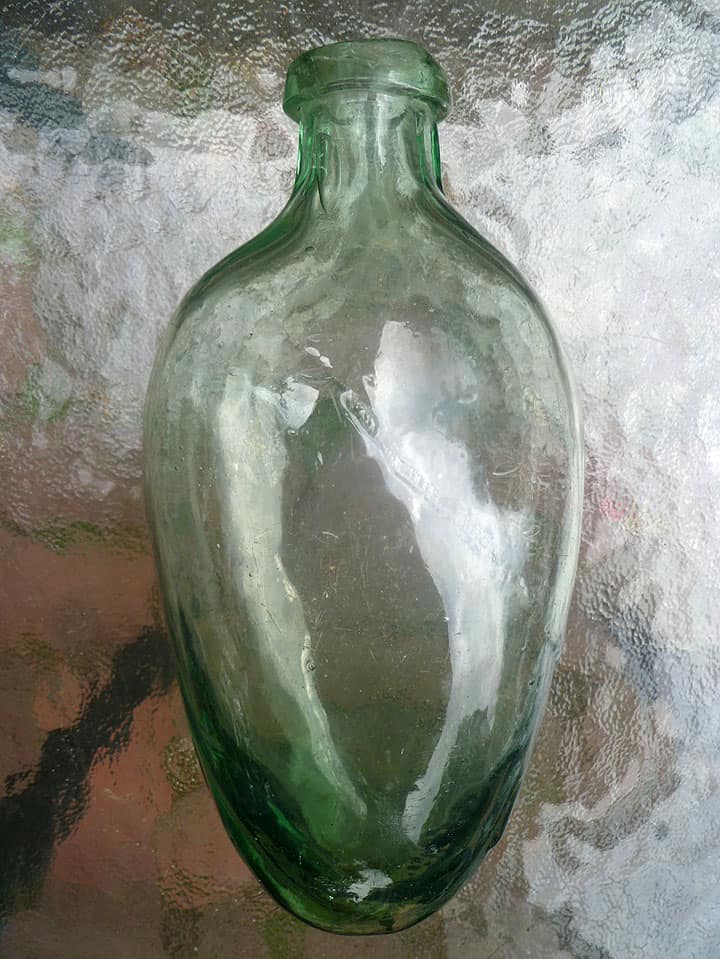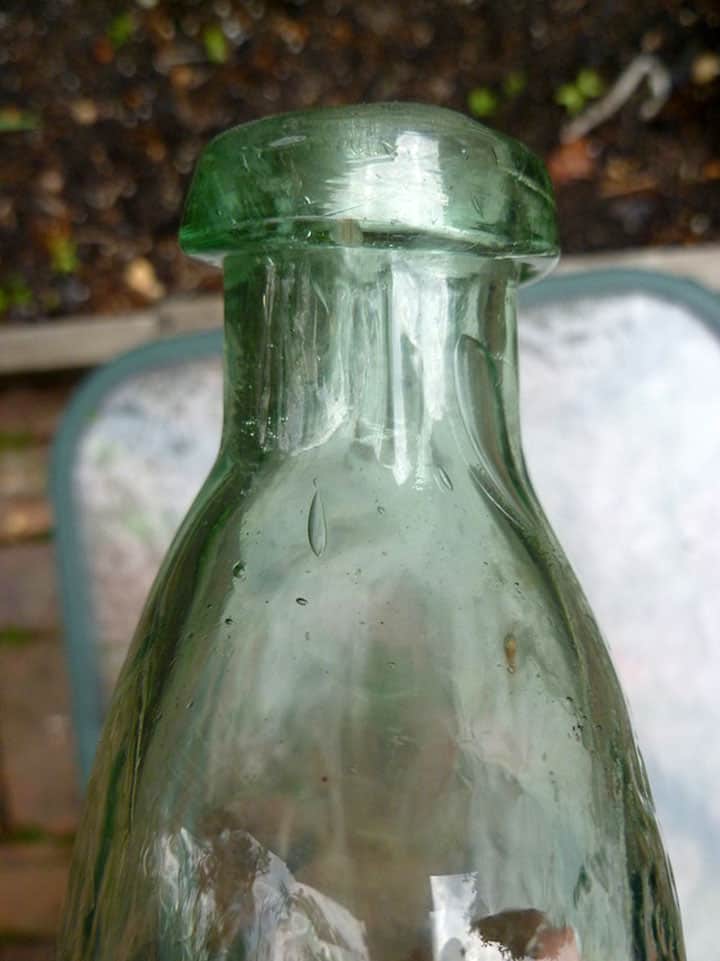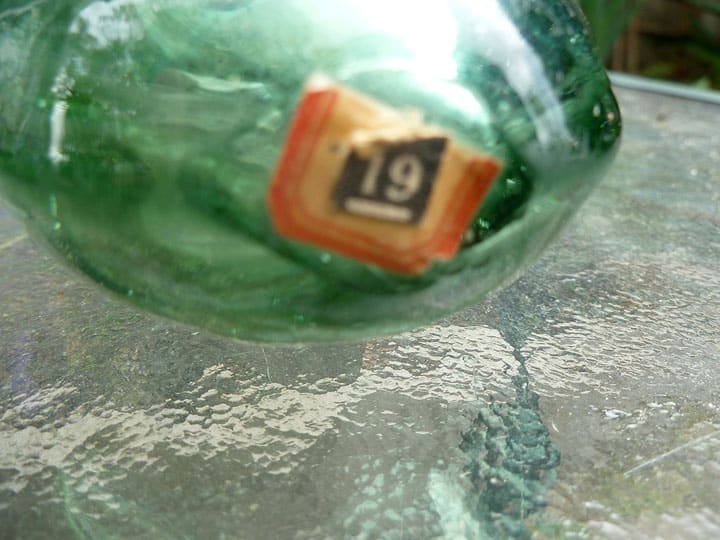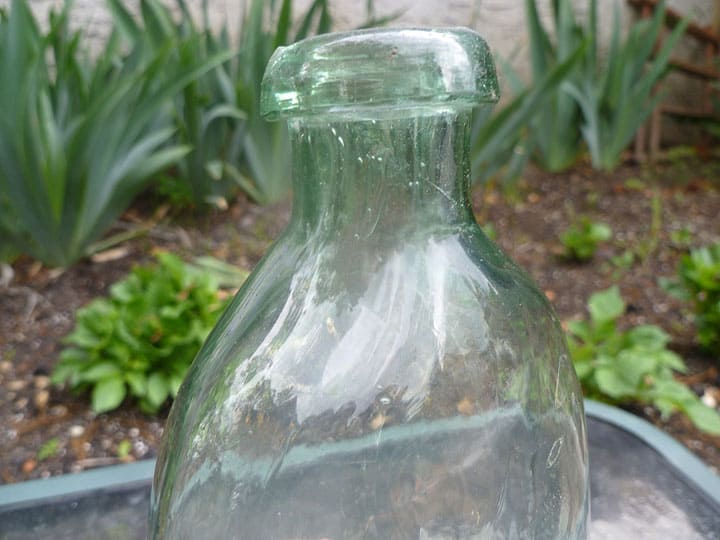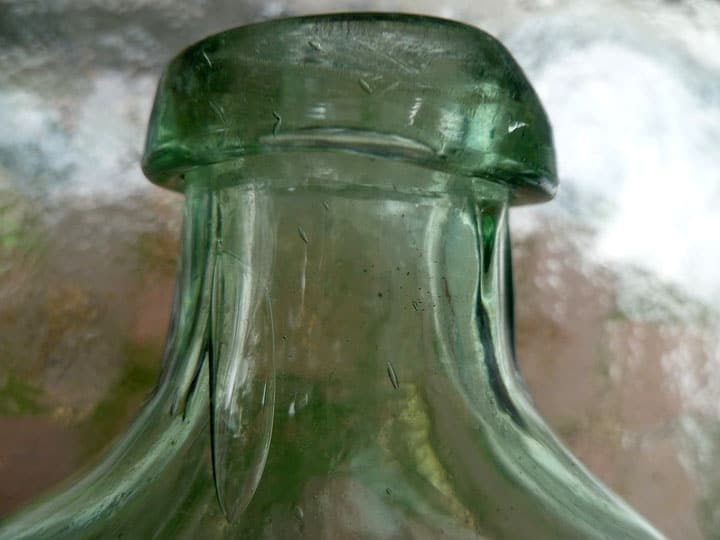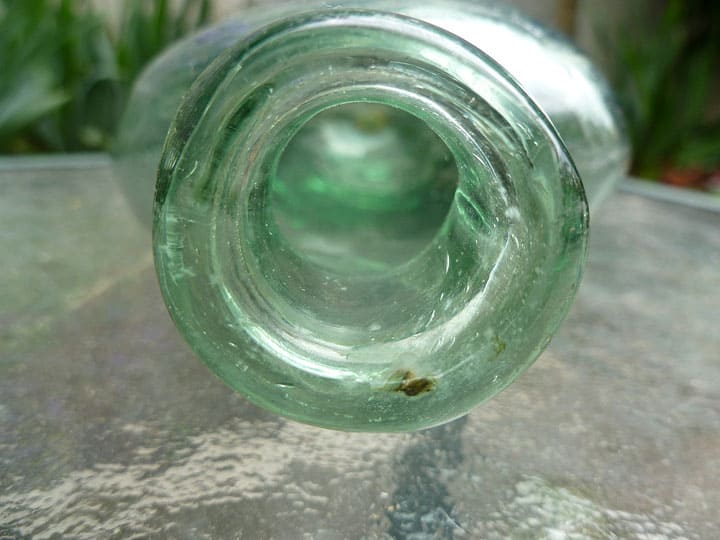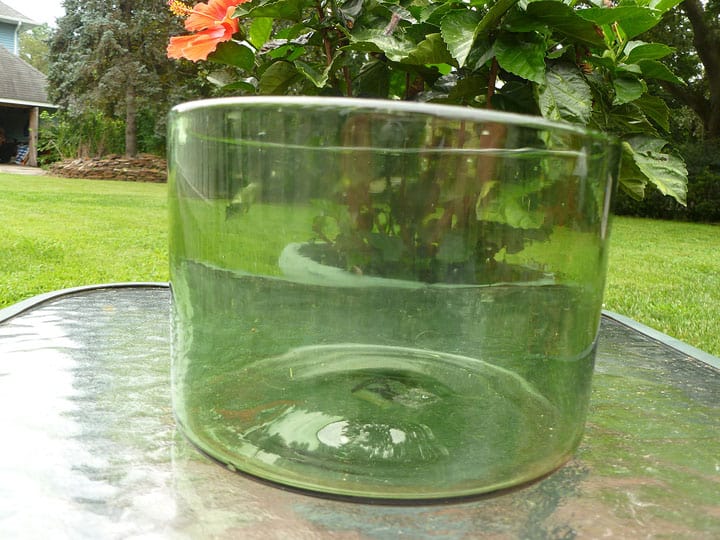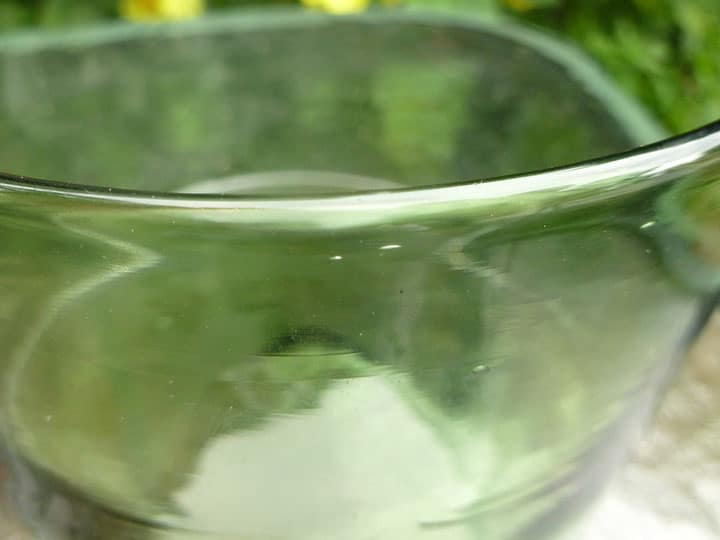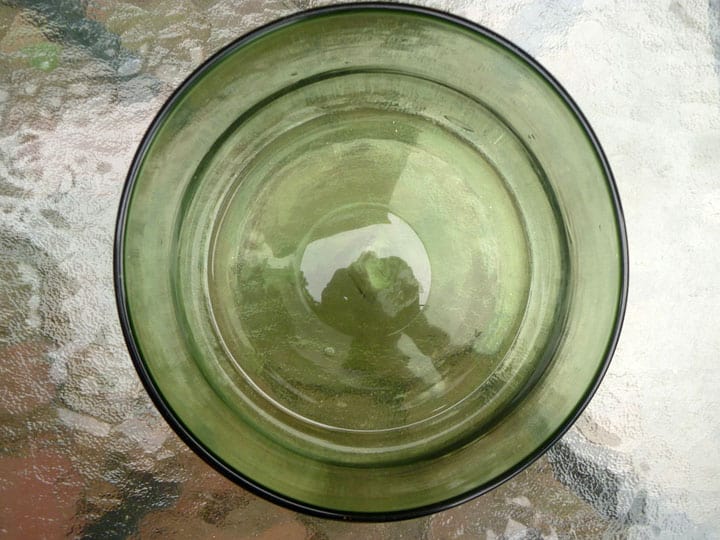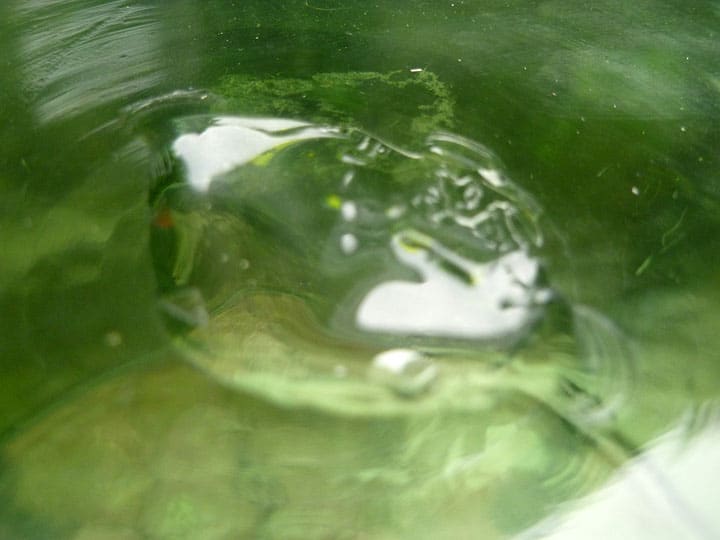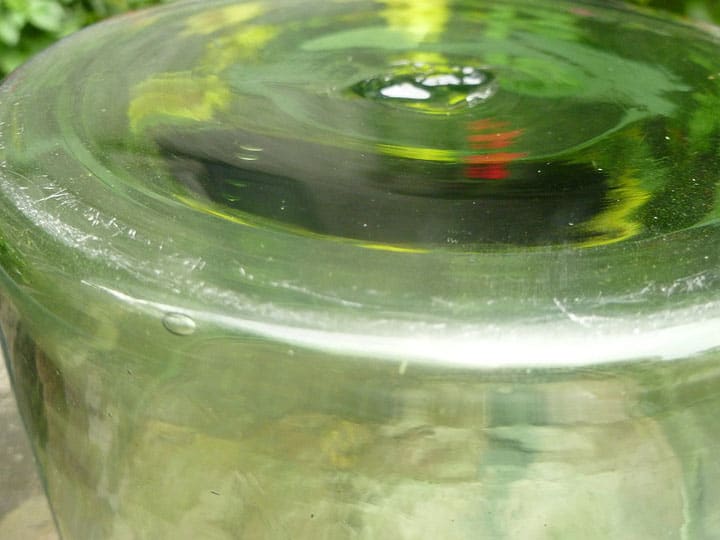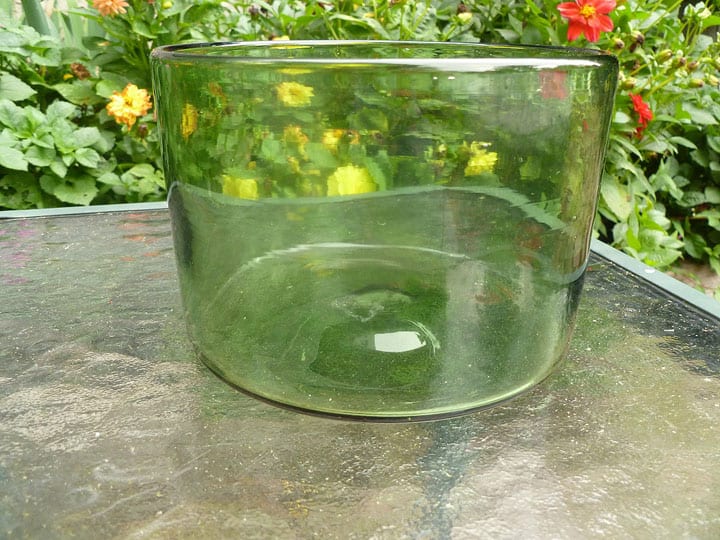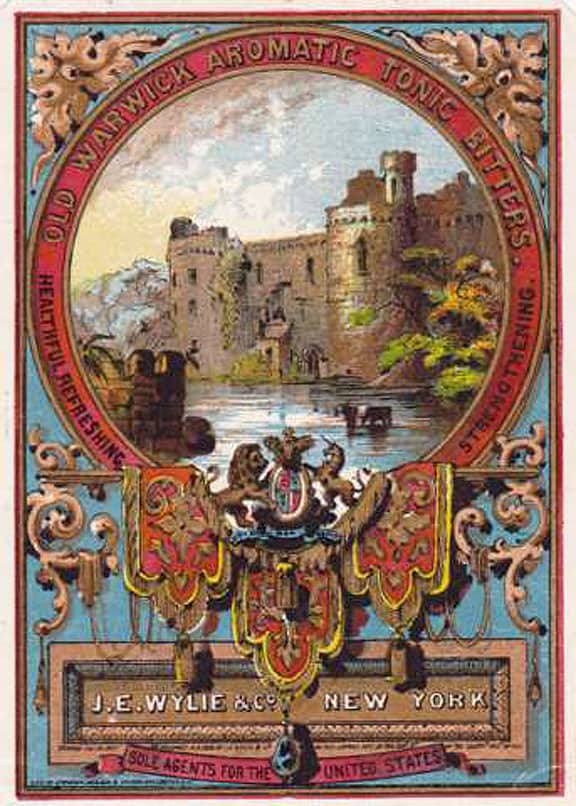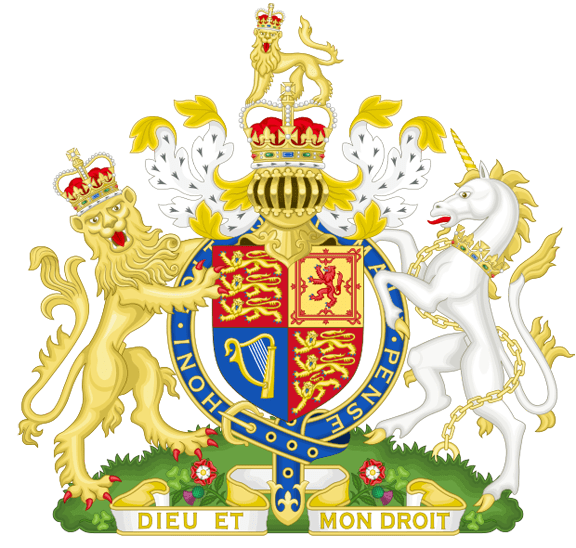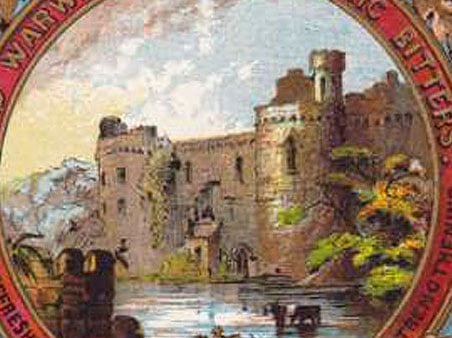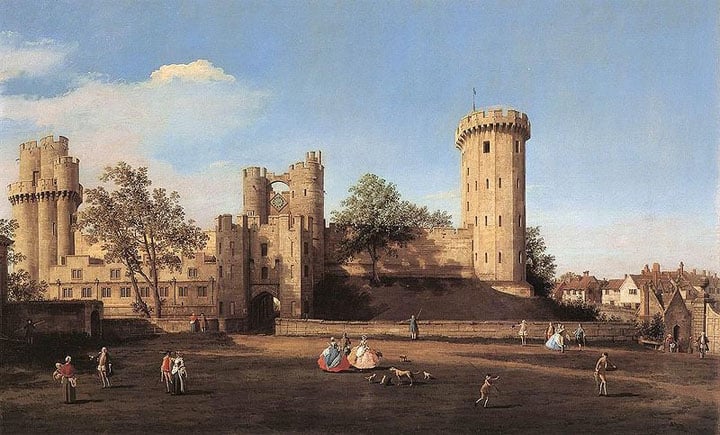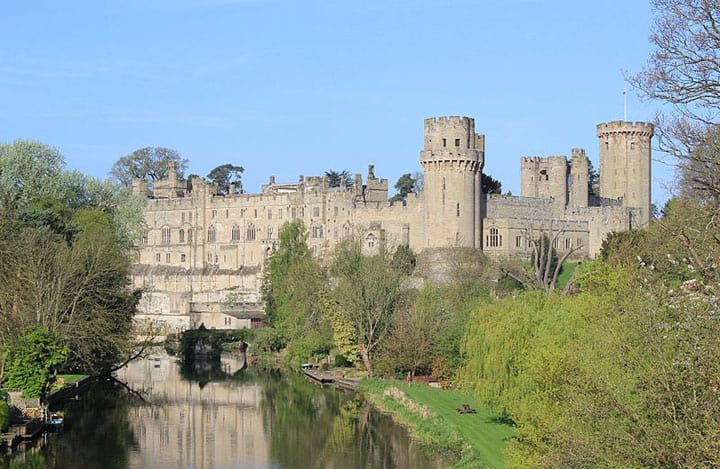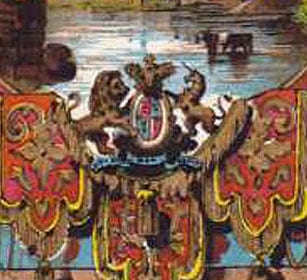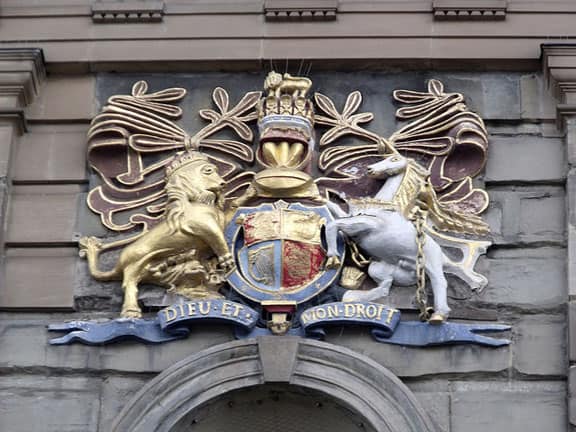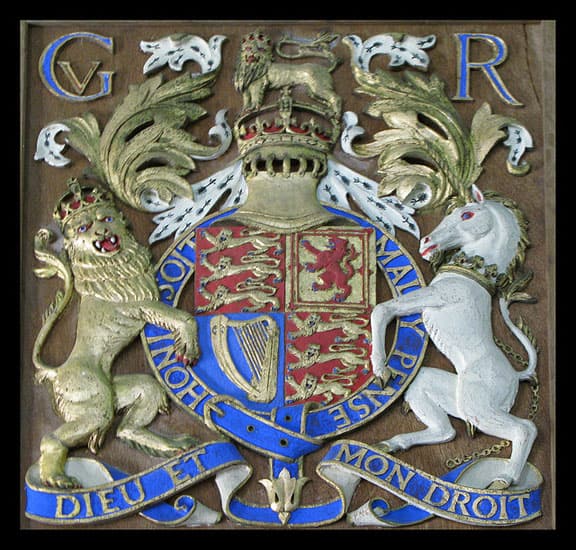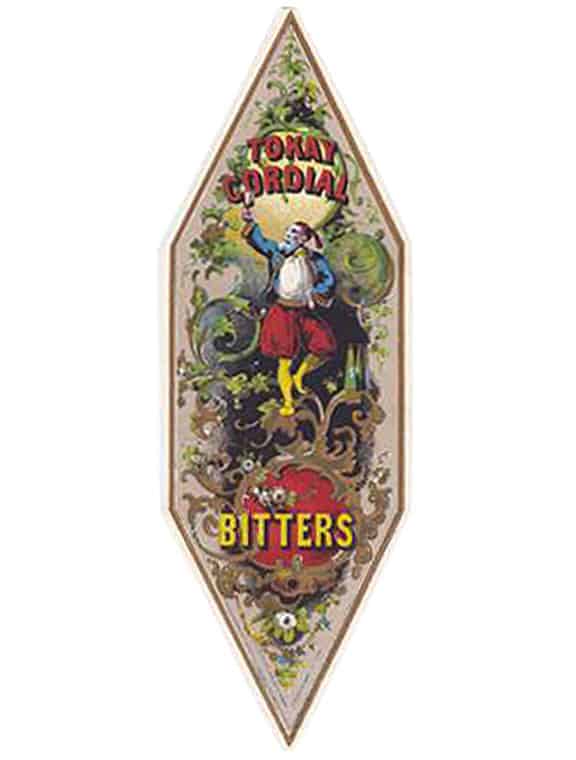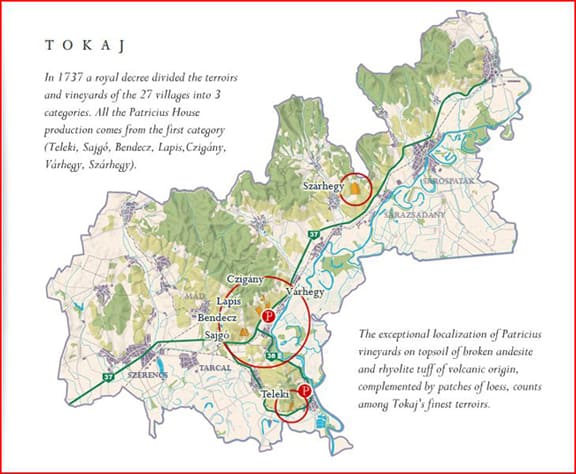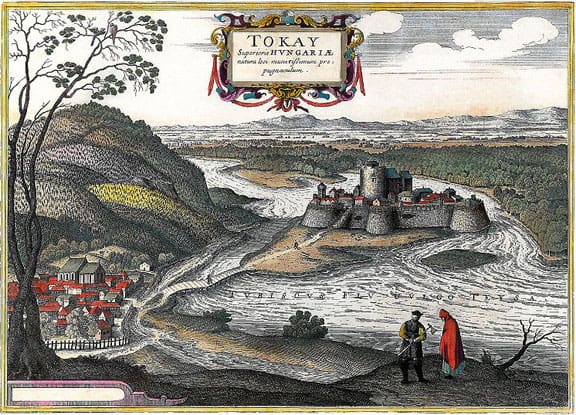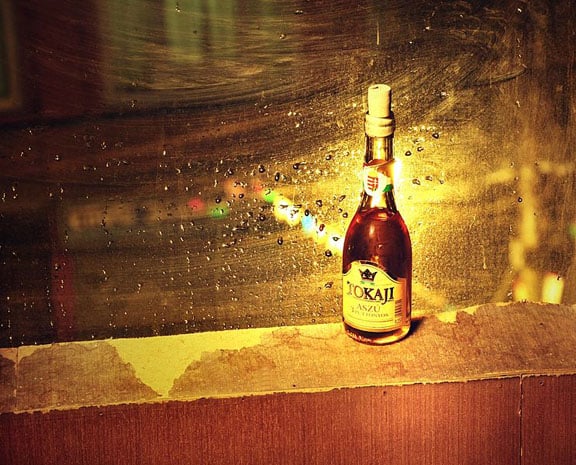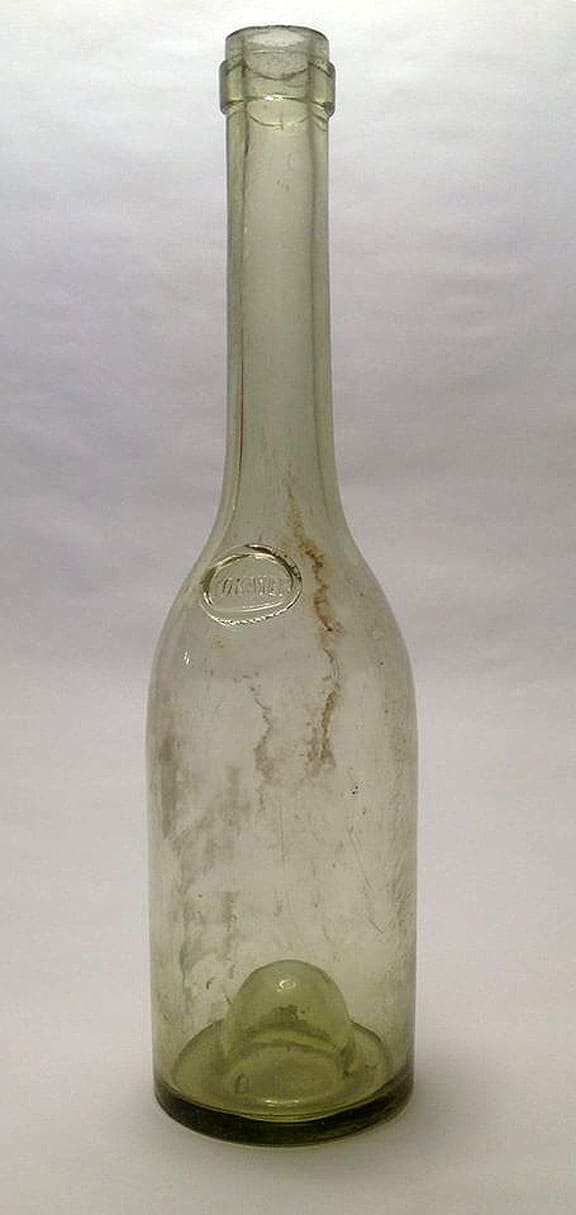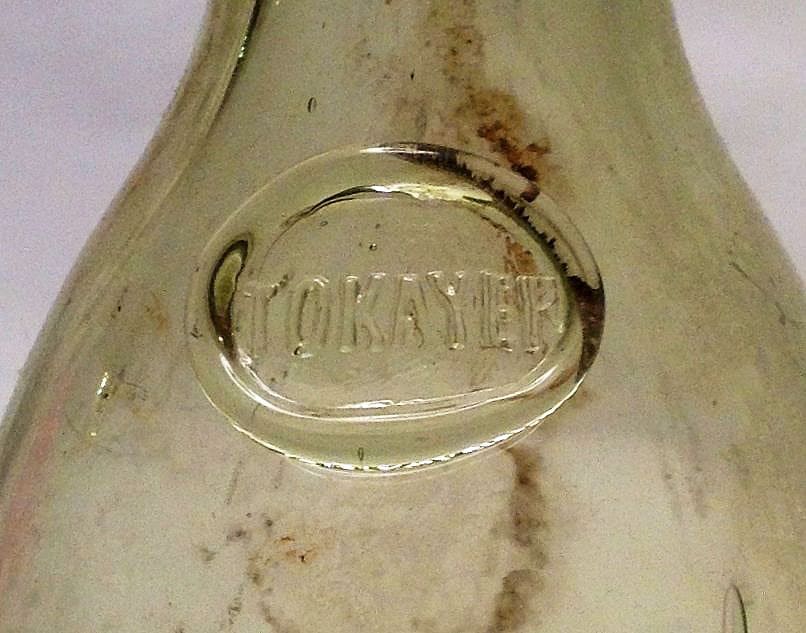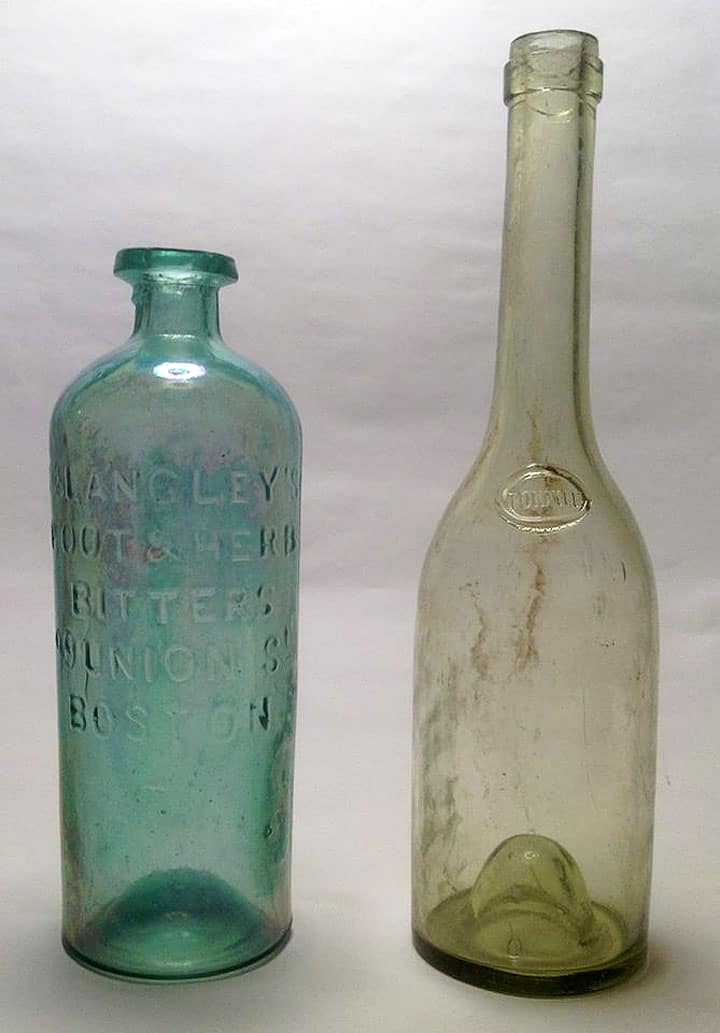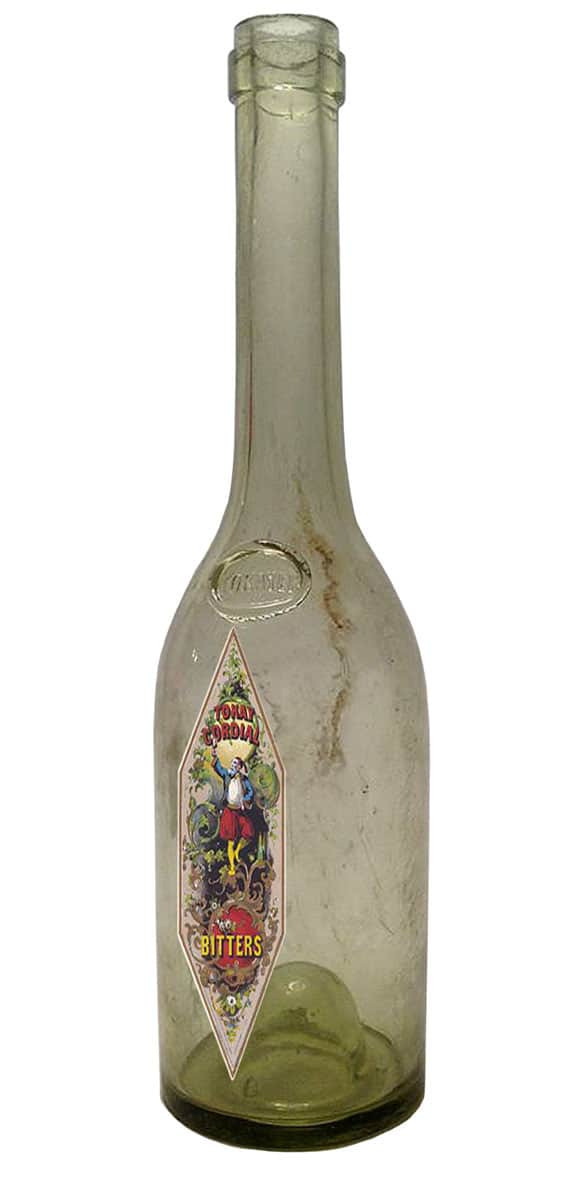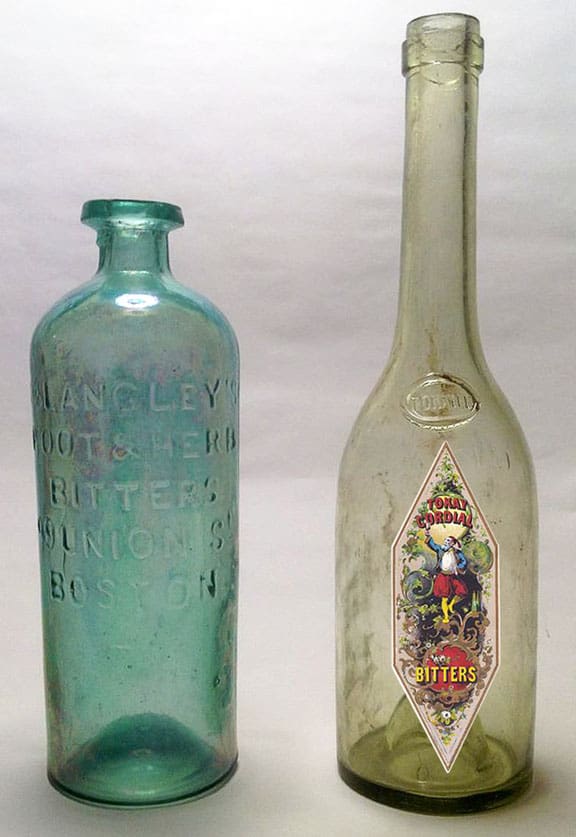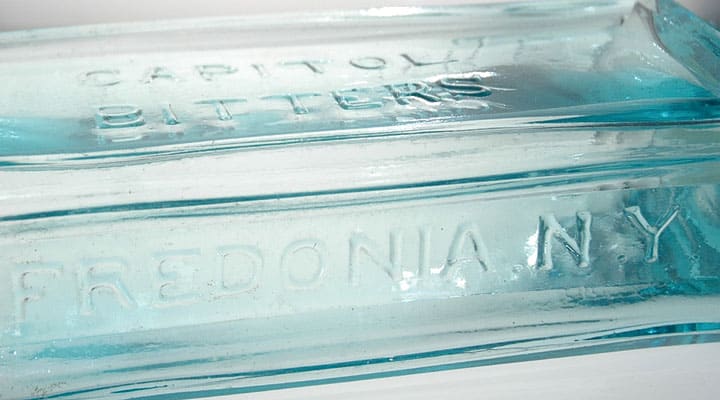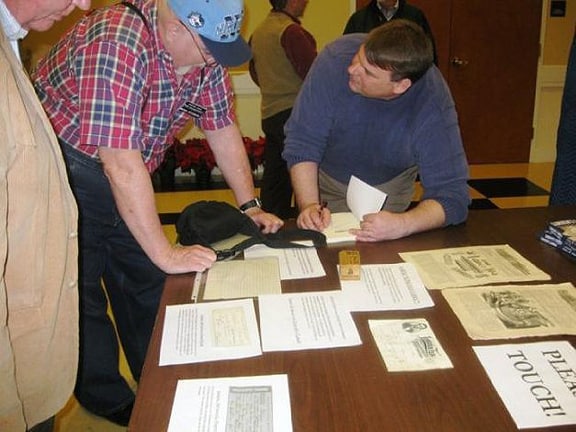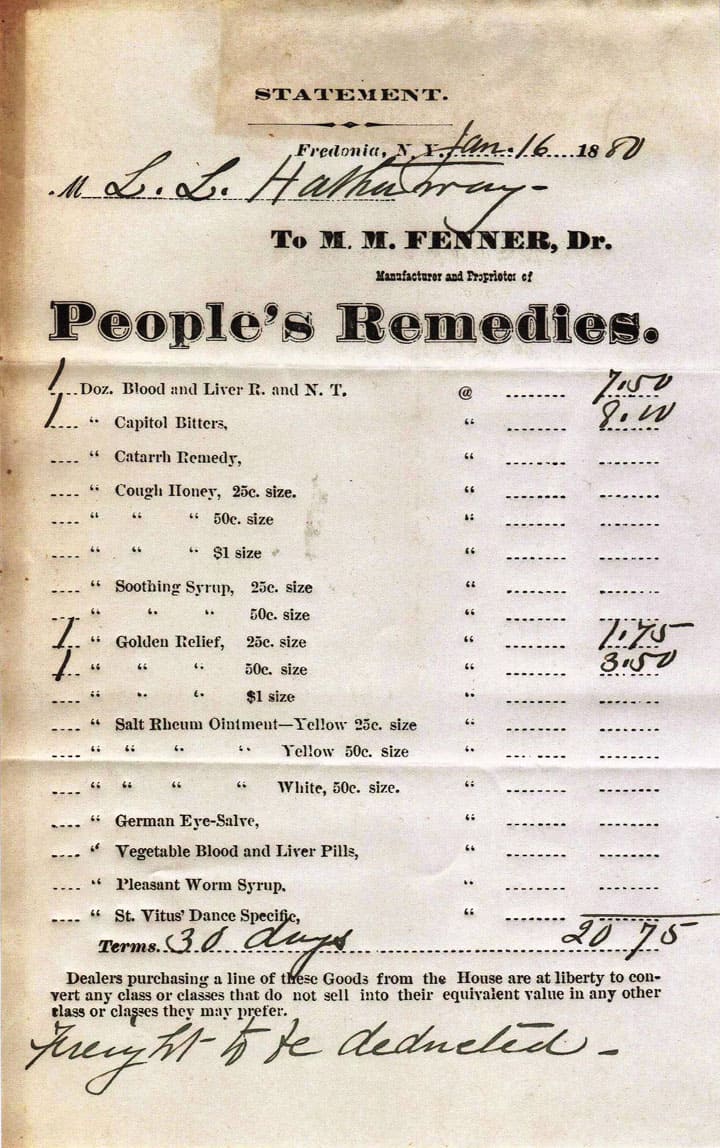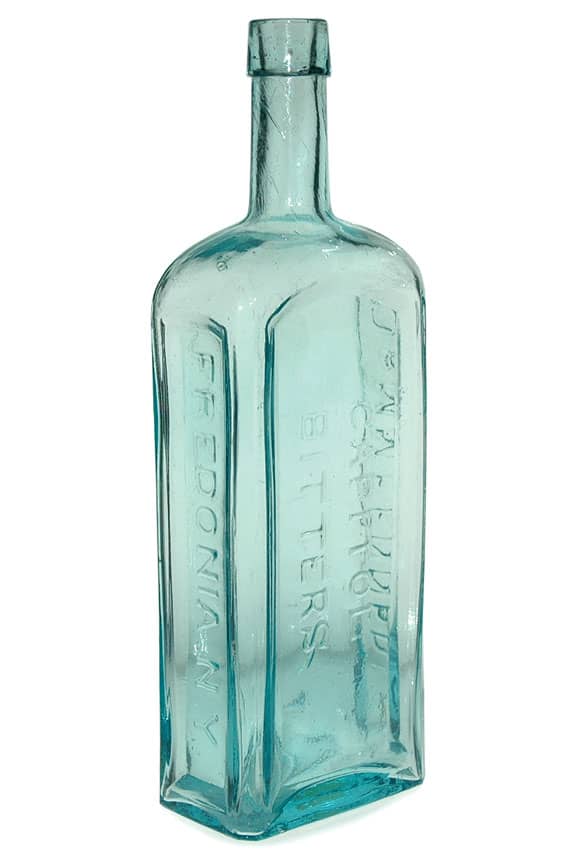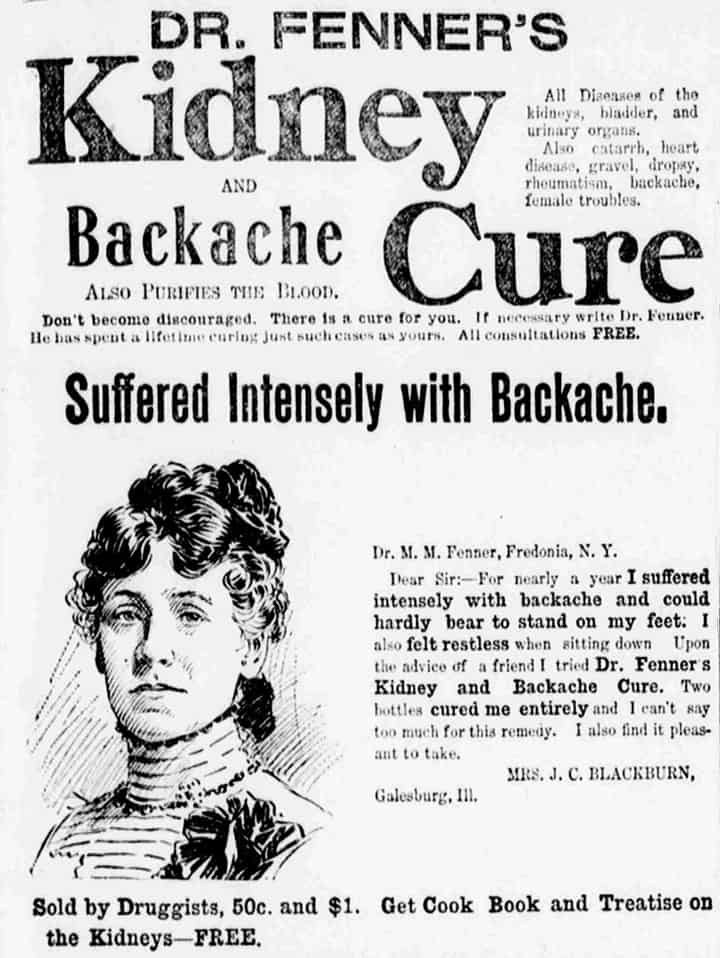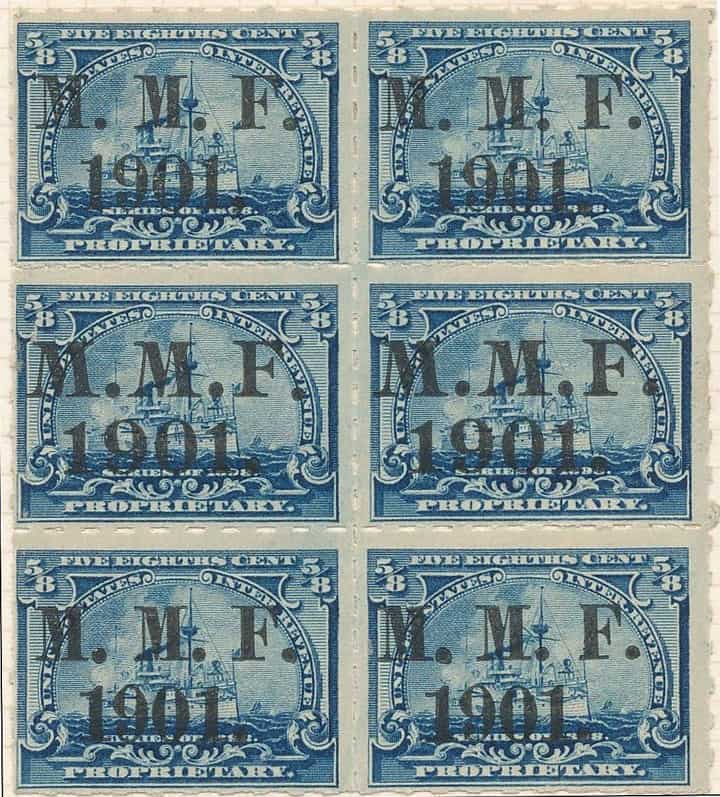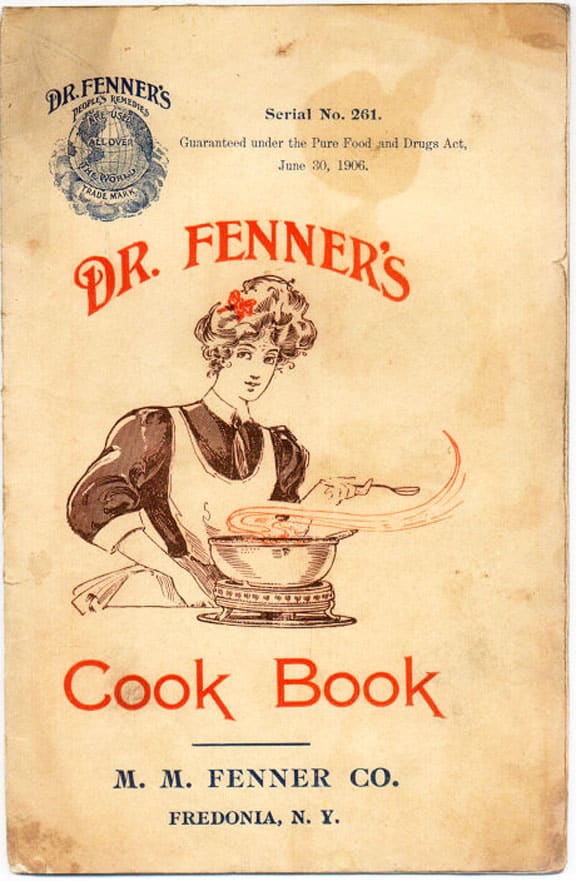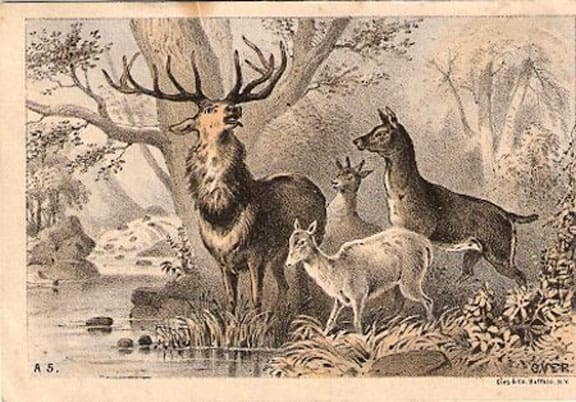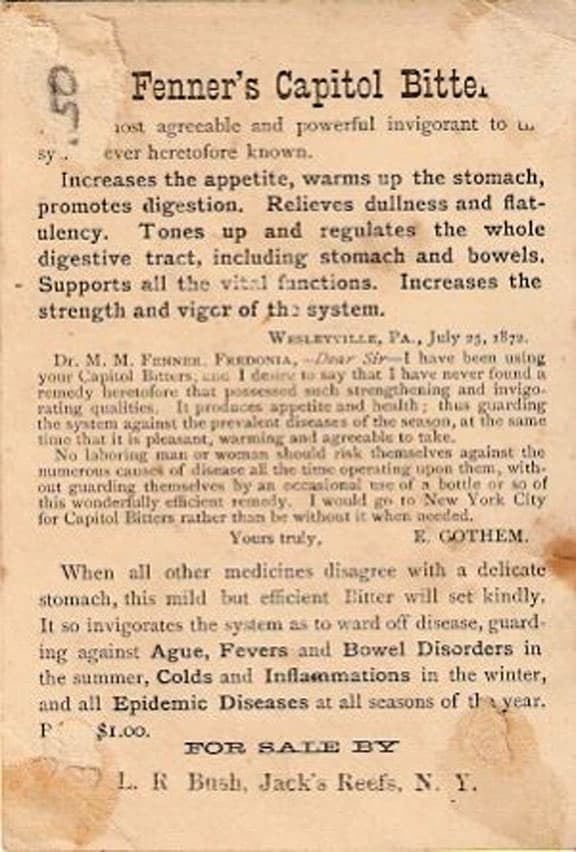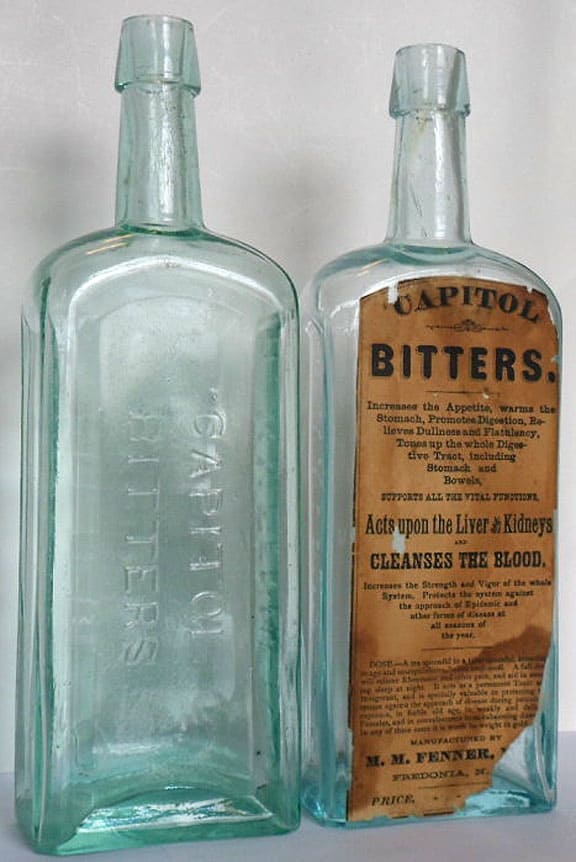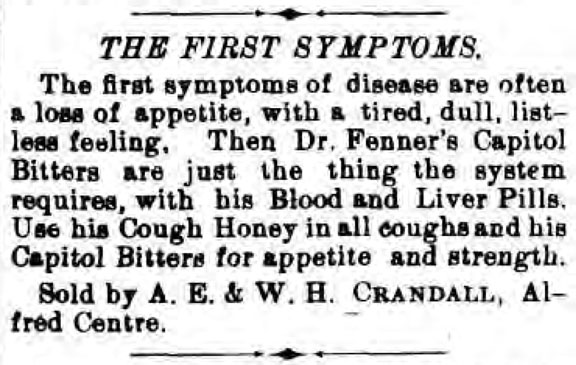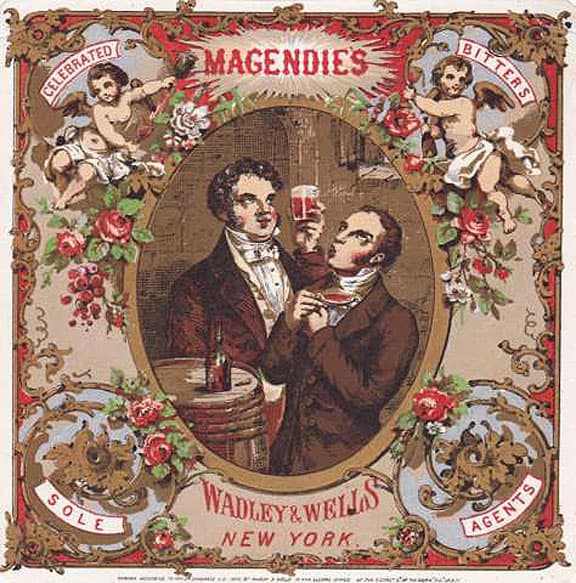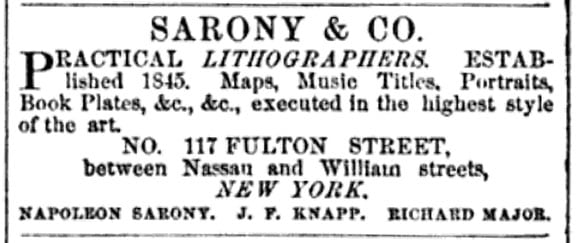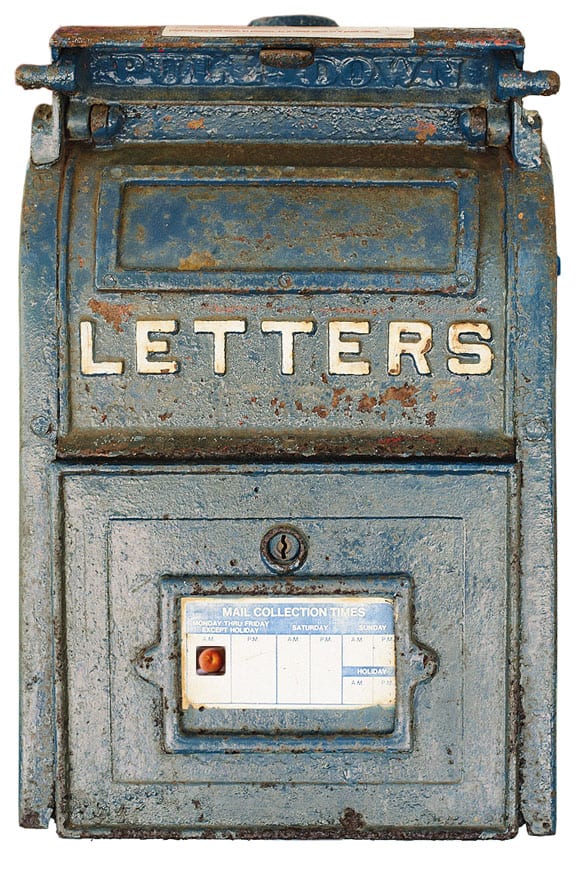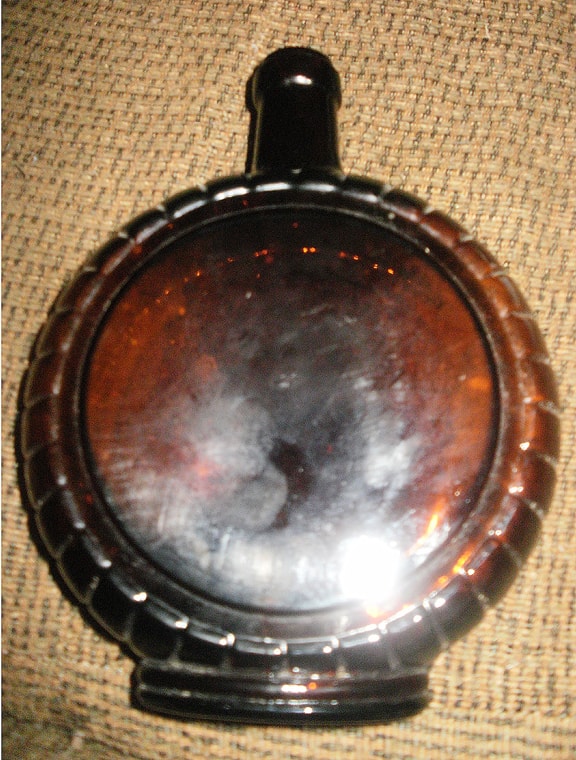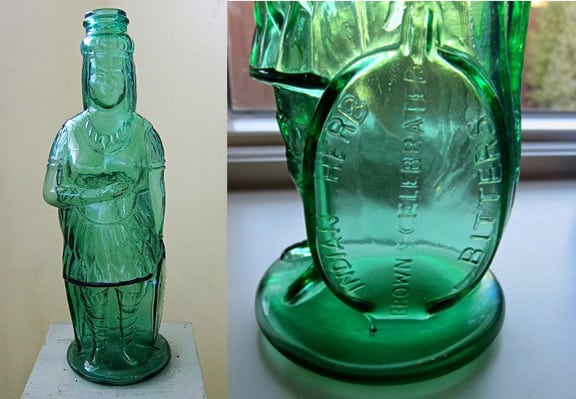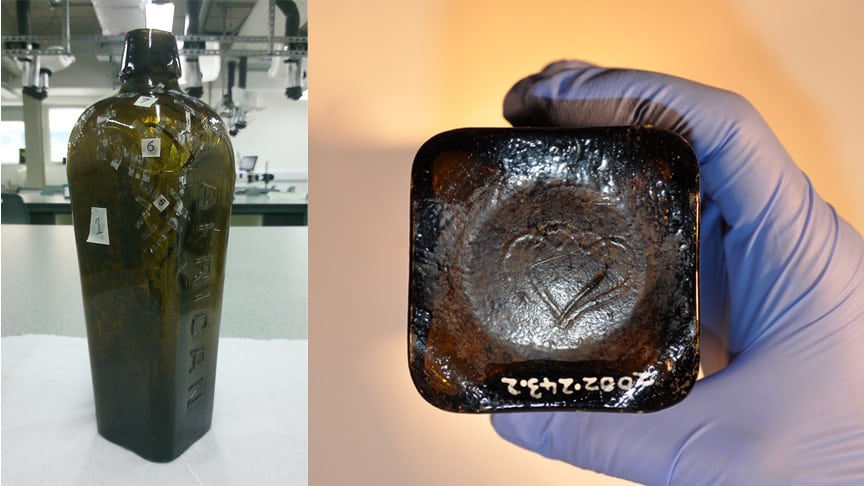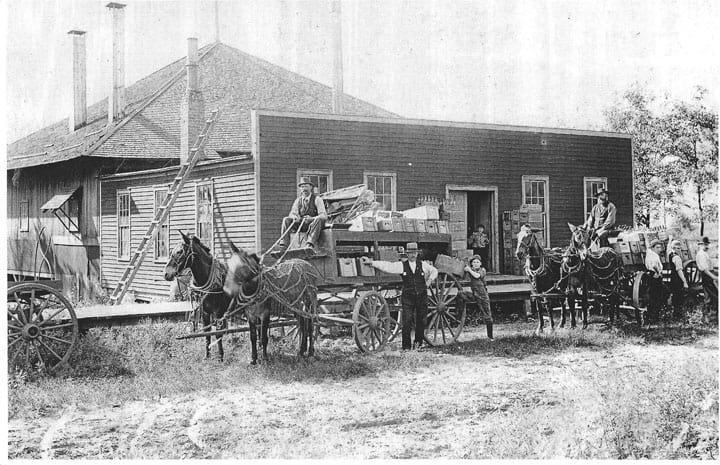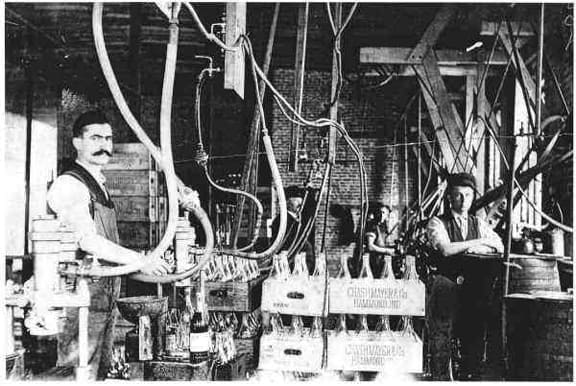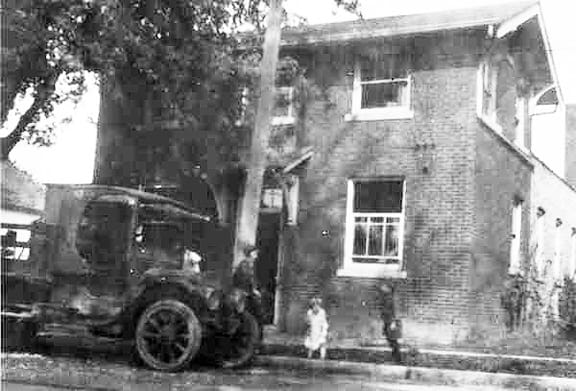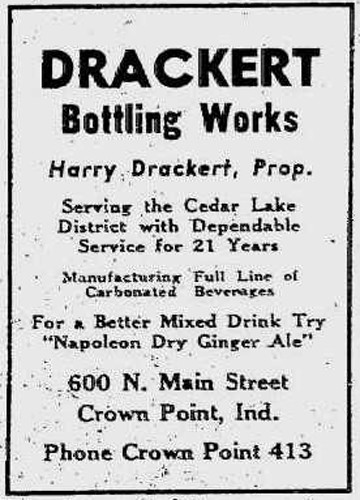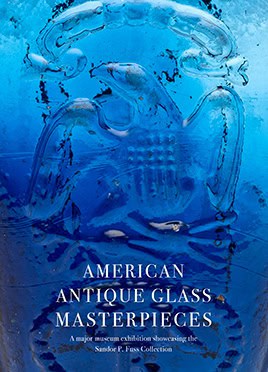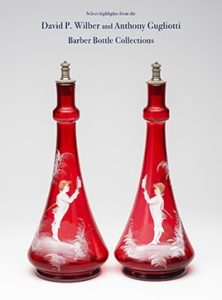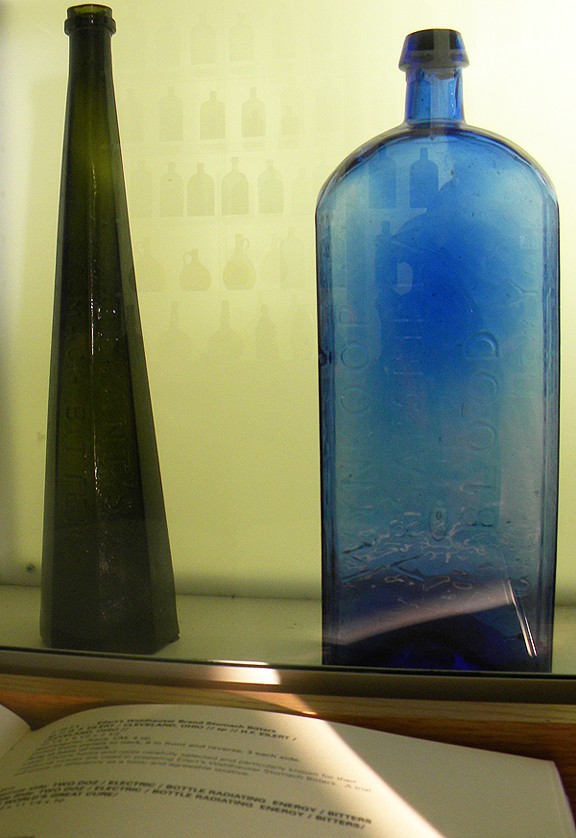
The large, 2 quart, blue Dr. Wynkoop’s Katharismic Honduras Sarsaparilla (right) next to a Bryant’s Stomach Bitters cone – Bill Ham Collection
DR. WYNKOOP’S SARSAPARILLA
New York
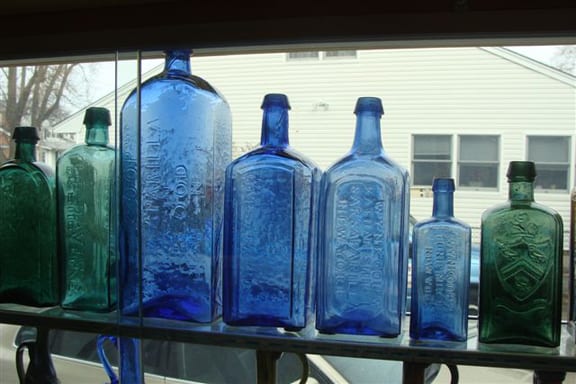
The four blue bottles and the far left, green bottle are all Dr. Wynkoop’s Sarsaparilla bottes – John Feldmann Collection
Dr. Wynkoop’s Katharismic Honduras Sarsaparilla
Wynkoop’s Tonic Mixture Warranted to Cure Fever and Ague
Wynkoop’s Iceland Pectoral
Lyon’s Kathairon
07 October 2013 (R•031619)
![]() With the recent posts on the New York ‘big bottle’ sasparallia’s (Masury’s Compound Extract of Sarsaparilla and Wau-A-Hoo and Sands’ Sarsaparilla), I though it might be nice to follow up on a post for the well known, Wynkoop’s Sarsaparilla. So, who was this Wynkoop? Much has been written on the brand but alas, it seems a bit dated and unconnected. Maybe I can tie it together a bit.
With the recent posts on the New York ‘big bottle’ sasparallia’s (Masury’s Compound Extract of Sarsaparilla and Wau-A-Hoo and Sands’ Sarsaparilla), I though it might be nice to follow up on a post for the well known, Wynkoop’s Sarsaparilla. So, who was this Wynkoop? Much has been written on the brand but alas, it seems a bit dated and unconnected. Maybe I can tie it together a bit.
What kind of pleasure could a writer set down to compose a panegyric while he was swallowing ‘Wynkoop’s Infallible Cure for the Fever and Ague’ having the hair removed from his chin by ‘Gouraud’s Incomparable Cream,’ while it was made to grow upon his head by the use of ‘Beal’s Never-failing Restorative,’ at the same moment drenching himself with ‘Sand’s Sarsaparilla,’ and submitting to the effect of ‘Comstock’s Certain Pain Extractor.’ Would any human being under such varied torments be disposed to speak well of any one thing while he was living martyr to the application of so many at the same time! No; flesh and blood could not stand it, and he would condemn the whole en masse, while he wished the inventors at the bottom of the sea.
The Knickerbocker (magazine) – 1847
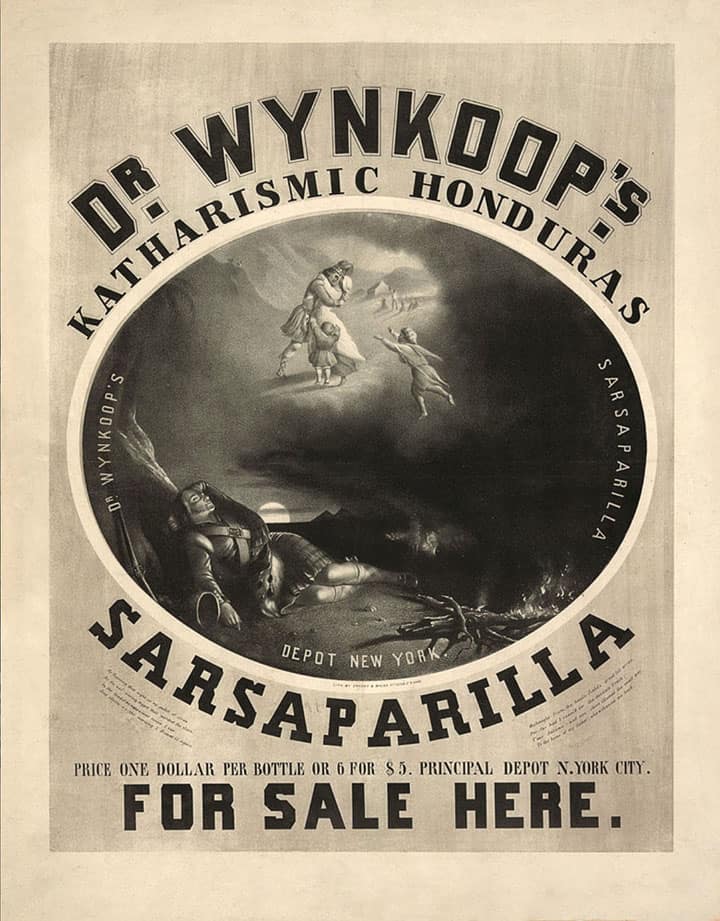
Dr. Wynkoop’s Katharismic Honduras Sarsaparilla advertisement. The image in the center depicts “The Soldier’s Dream of Home,” a common image in the 19th century that pictorialized the poem “The Solider’s Dream” by the Scottish poet Thomas Campbell. – circa 1848
Wynkoop is a Dutch name. Some of the earliest American settlers, in as early as 1639, came from the Netherlands including Pieter Wynkoop (1638), Cornelies Evertsz Wynkoop, who settled in New Netherlands in 1651 and Carnelius Wynkoop, who landed in New York in 1658. During the 18th century, the Wynkoop settlers included Dirck Wynkoop, aged 47, arrived in New York in 1746 and Henry Wynkoop, who immigrated to Pennsylvania in 1777.
The Wynkoop of sarsaparilla fame was Robert Dunbar Wyncoop who was born on August 1, 1811 in Albany, New York. His father was James Wynkoop who was born in March 1769. He was the youngest son of Jacobus and Alida Myers Wynkoop. Due to wartime exigencies, his family moved from New York to Kingston and finally settled in Albany by the 1780s. Jacobus Wynkoop’s house was located near the waterfront in the third ward. In February 1791, James married North End neighbor Catalina (Catherine) Dunbar at the Albany Dutch church. By 1811, the marriage had produced five children.
In November 1794, the Albany Gazette noted that James Wynkoop was a grocer located at 21 Market Street. Two years later, he was identified as a fireman. In 1799, his personal property was valued under a third ward household. Beginning in 1800, he was identified on the census as the head of a household located where his father had been a decade earlier. By 1813, he had moved to the first ward where city directories identified him as a merchant living on South Market Street. James Wynkoop was dead in 1821, when his widow was identified as the householder on South Market Street. Wynkoop’s will passed probate in Albany County in February 1821. His widow survived until 1838.
Robert Dunbar Wynkoop the last of five children (James, John Henruy, Sarah, William & Robet Dunbar). Wynkoop was married to Almira Augusta Rollins (born February 24, 1816, died January 5, 1870, daughter of George and Catharine (Dolan), on 30 December 1840 in New York City. Three of their six children died early. Catherine Rollins Wynkoop, daughter (born 07 June 1845; died 11 March 1850), age 4 yrs., 9 months, died of scarlet fever. Their son, Augustus B. Wynkoop (born 12 March 1850), also died of scarlet fever at 2 years, 7 months old. Florence Parker Wynkoop lived to be six years old and died of diphtheria. This left Fannie Elizabeth, Frank Rollins and Helen Augusta Wynkoop.
Robert D. Wynkoop moved, around 1825, from Albany to New York, where he was a member of the firm of Heath, Wynkoop & Co., perfumers (from about 1855 – 1860). It was here that he produced his wonderful Dr. Wynkoop’s Katharismic Honduras Sarsaparilla. Wynkoop died on April 2, 1869, in Bergen, New Jersey.
As noted above, the earliest firm listings in directories state that Wynkoop was a perfumer, which I find interesting. Even his eventual partner Henry Heath and their business, Heath, Wynkoop & Company were listed and advertising as perfumers,
1855 – Heath, Wynkoop & Co., (Henry Heath & Robert D. Wynkoop), 63 Liberty, Trow’s New York City Directory
1856, 1860 – Heath, Wynkoop & Co., perfumers, 63 Liberty, Trow’s New York City Directory
1857, 1859 – Robert D. Wynkoop, perfumer, 63 Liberty, h Bergen, N.J. – New York City Directory
1859 – Heath, Wynkoop & Co., Perfumers, and proprietors of Lyon’s Kathairon, Lyon’s Indian Hair Dye, 63 Liberty, Trows New York City Directory
1859 – Heath, Wynkoop & Co., The Perfumer, New York, Heath, Wynkoop & Co., 1859-?, Held by: Smithsonian Institute, Washington, D.C.
1860 – Henry Heath, perfumer, 63 Liberty, h 43 W. 15th – Trows New York City Directory
1860 – Wynkoop (refused), perfumer, 63 Liberty, – Trows New York City Directory
According to Dr. Richard Cannon, Robert D. Wynkoop received his training as a physician with his father in Albany, New York. He then established a medicinal laboratory and sales outlet in New York City in the 1840s. Wynkoop copyrighted the words “Dr. Wynkoop’s Katharismic Honduras Sarsaparilla” on November 16, 1847. Sometime in the late 1850s, the firm was billed as Health, Wynkoop & Co. located at 63 Liberty Street, New York.
Katharismic was probably derived from the Greek word “Kathra” or “Kathario” meaning to cleanse, purify, or restore. Other products included Wynkoop’s Fever and Ague Cure, another great cobalt pontiled bottle, Wynkoop’s Iceland Pectoral, and Lyon’s Kathairon, probably from the same Greek word. Wynkoop sold his products to Demas Barnes and John Park about 1858. However, even in 1896, someone was putting out a Wynkoop’s Sarsaparilla according to the Peter Van Schaak’s Price Current & Illustrated Catalogue.
Dr. Wynkoop’s Katharismic Honduras Sarsaparilla
Embossed Dr. Wynkoop’s/Katharismic Honduras/Sarsaparilla on the front panel and New York on the side panel and varying in height from 9 7/8″ to 10 1/4″. These rectangular bottles are crude and often embossed lightly. Some have a double strike effect. These bottles occur with an open pontil, iron pontil, and a smooth base. A broken one was found with ‘Katharismic’ spelled ‘Kathmerithic’. A recently discovered variant is a 9 1/2″ tall, rectangular, cobalt, open pontiled bottle with a double ring collar rather than the usual single band tapered collar, embossed Dr. Wynkoop’s/Balsamic Honduras/Sarsaparilla on the front, and New York, on the side. Dr. Ira Baker’s / Honduras / Sarsaparilla, 10 1/2″ tall, smooth base, aqua. The variant embossed Wynkoop’s/Katharismic/Sarsaparilla/New York on the front is 9 5/8″ tall, rectangular, cobalt, and has an iron pontil. There is a sapphire blue variant the same height, with an iron pontil, embossed Wynkoop’s/Katharismic/Sarsaparilla on the front and New York on the side.
The “giant variant” is a most impressive bottle! It’s 12 3/4″ tall, rectangular, cobalt with an open pontil and embossed Wynkoop’s/Sarsaparilla/For The Blood/1/2 Gallon New York, all on the front panel.
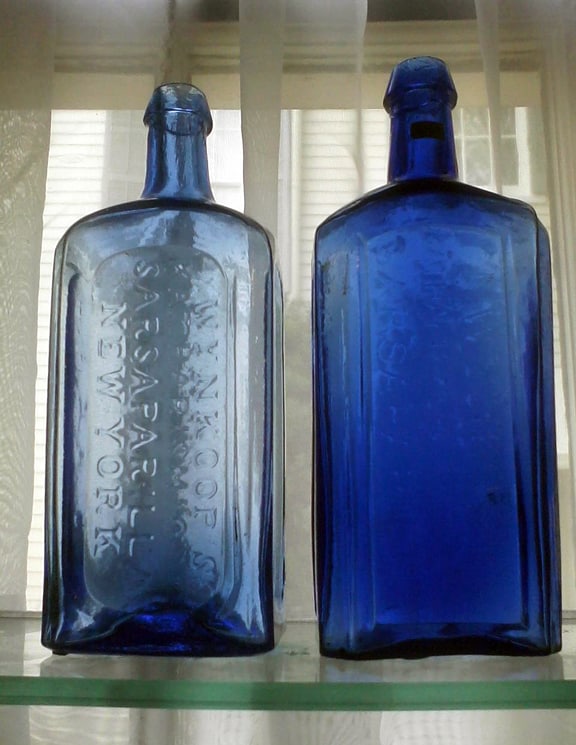
Left: WYNKOOP’S / KATHARISMIC / SARSAPARILLA / NEW YORK. Right: WYNKOOP’S / KATHARISMIC HONDURAS / SARSAPARILLA – Charles and Jane Aprill Collection
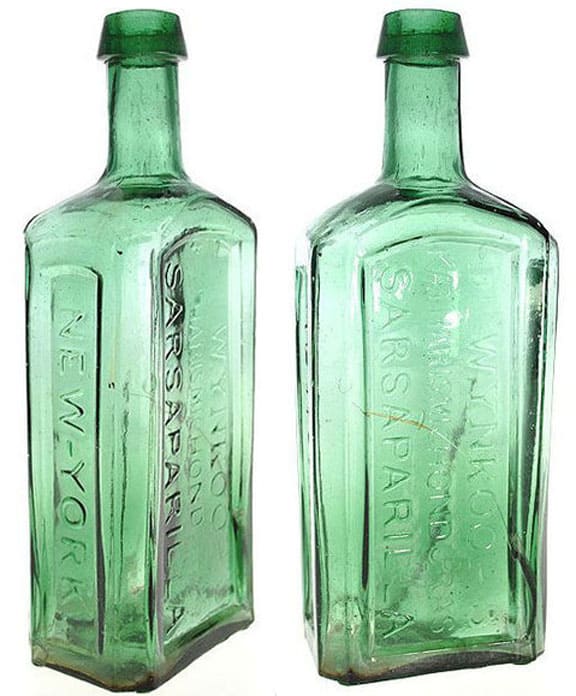
DR. WYNKOOP’S KATHARISMIC HONDURAS SARSAPARILLA, NEW YORK, New York, circa 1845 to 1860, medium emerald green, pontil scarred base, applied tapered collar mouth. Currently this is one of only two known examples in this color, all others being in cobalt blue.
Wynkoop’s Tonic Mixture Warranted to Cure Fever and Ague
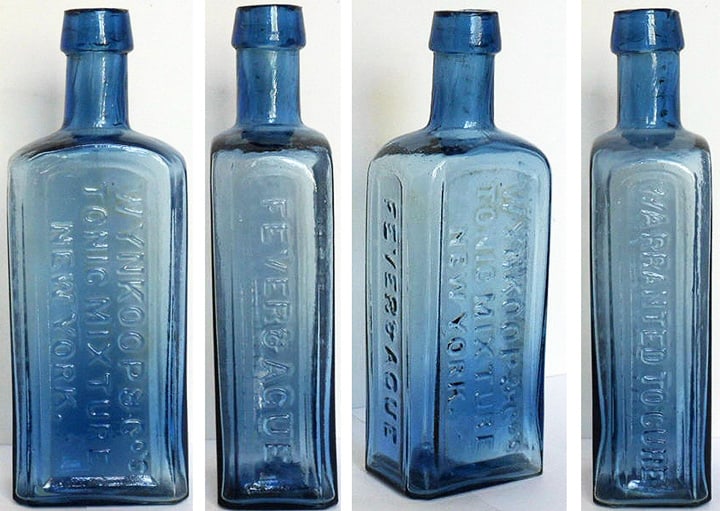
Open pontil, Wynkoop & Cos. Tonic Mixture Warranted to Cure Fever & Ague New York in a medium cobalt blue.
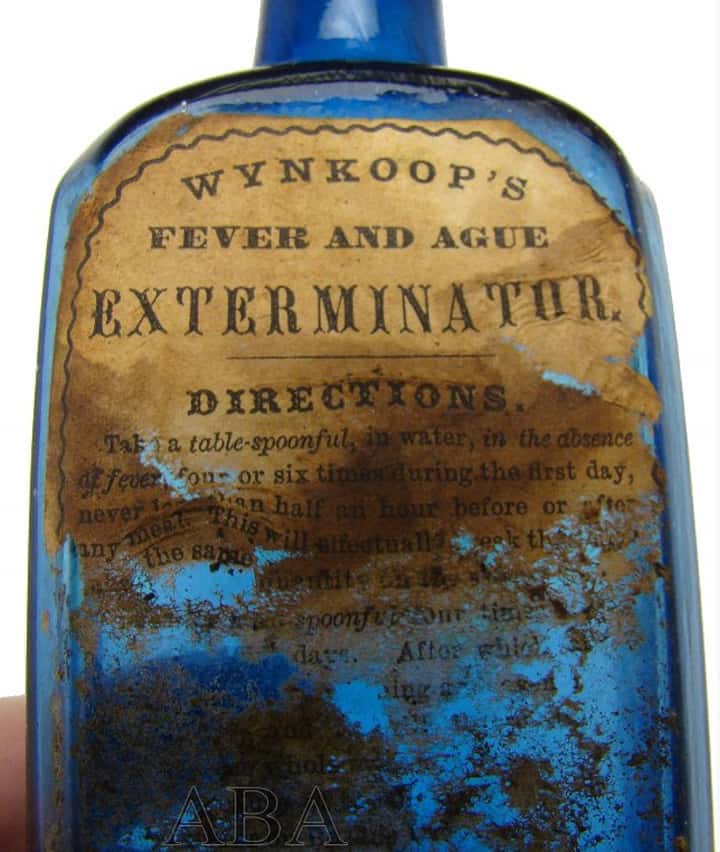
Partially labeled Wynkoop’s Tonic Mixture Warranted to Cure Fever & Ague New York – American Bottle Auctions

“WYNKOOP & CO’S / TONIC MIXTURE / NEW YORK. – WARRANTED TO CURE – FEVER & AGUE”, (Odell, pg. 264), New York, ca. 1840 – 1860, cobalt blue, 6 3/4”h, open pontil, applied tapered collar mouth, 60% original label in part reads: ‘Wynkoop’s Fever and Ague Exterminator’. Deep blue color, huge open pontil, pristine perfect condition. If you are looking for the ultimate example of this bottle, this is the one you want! $8,500 – Glass Works Auctions – Special Direct Sale

“WYNKOOP & CO’S / TONIC MIXTURE / NEW YORK. – WARRANTED TO CURE – FEVER & AGUE”, (Odell, pg. 264), New York, ca. 1840 – 1860, cobalt blue, 6 3/4”h, open pontil, applied tapered collar mouth, 60% original label in part reads: ‘Wynkoop’s Fever and Ague Exterminator’. Deep blue color, huge open pontil, pristine perfect condition. If you are looking for the ultimate example of this bottle, this is the one you want! $8,500 – Glass Works Auctions – Special Direct Sale
Wynkoop’s Iceland Pectoral
Lyon’s Kathairon
[from HairRaisingStories] Lyon’s Kathairon was the product of Emanuel Thomas Lyon starting around 1850. An advertisement in 1853 indicated that his business was at 161 Broadway, New York City. This was the same address the business was at when Demas Barnes was the Proprietor. An advertisement in 1873 indicated he (they) had over 30 years experience. It was sold by Demas Barnes & Co. during that time – he worked for them. Later, Heath, Wyncoop & Co. took over proprietorship (1859). The Lyon Mfg Co. registered the brand name “Kathairon” as a Trade Mark in 1893. The Proprietors at that time said that the brand name had been in use since 1850. Lyon’s Kathairon was still listed for sale at least as late as 1906.
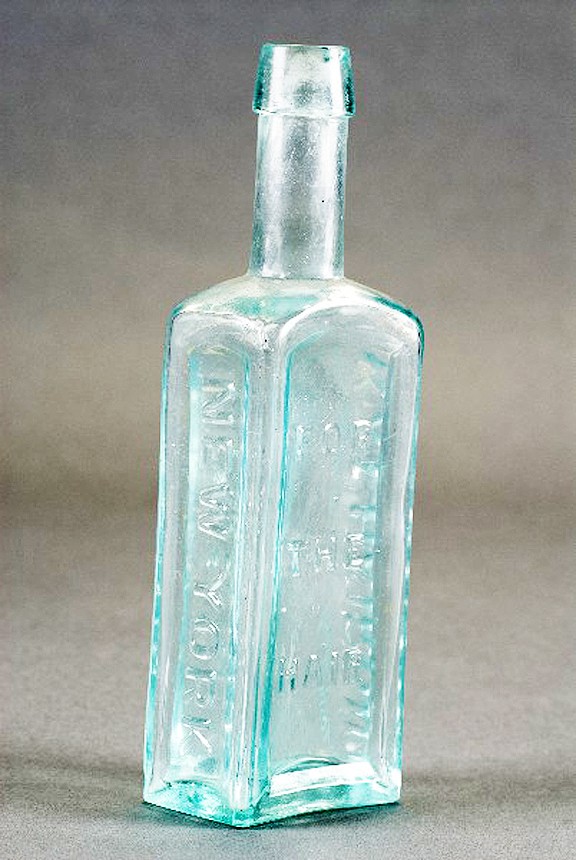
Lyon’s Kathairon for the Skin and Hair, one of the many hair tonic bottles recovered from the wreck of the SS Republic, was advertised as a cure for baldness and gray hair. – Odyssey Marine Explorarion
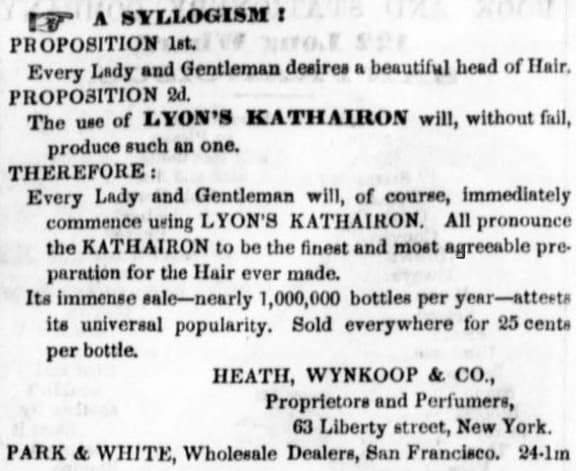
Lyon’s Kathairon advertisement, Heath, Wynkoop & Co. – California Farmer and Journal of Useful Sciences, July 24, 1857

